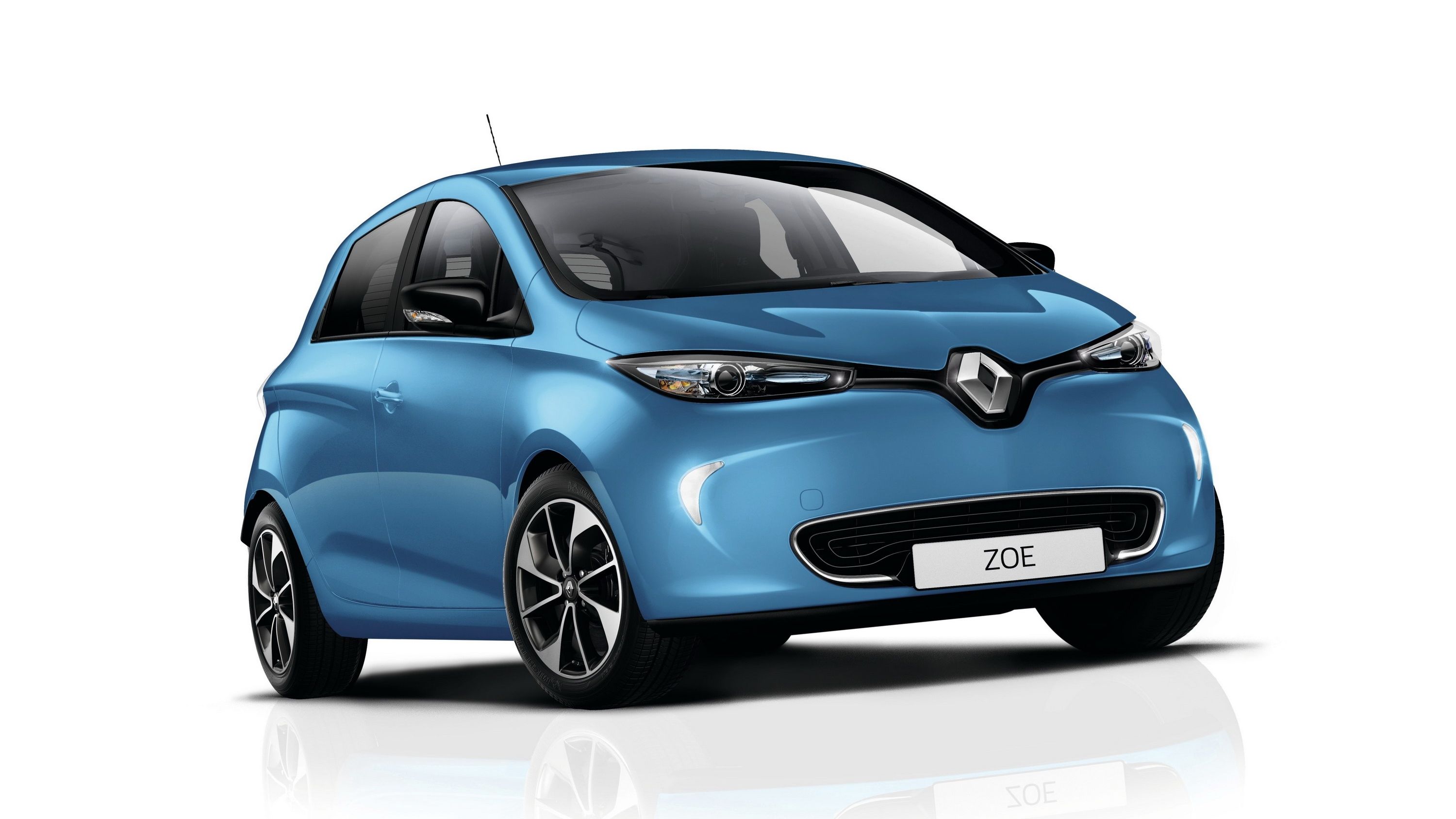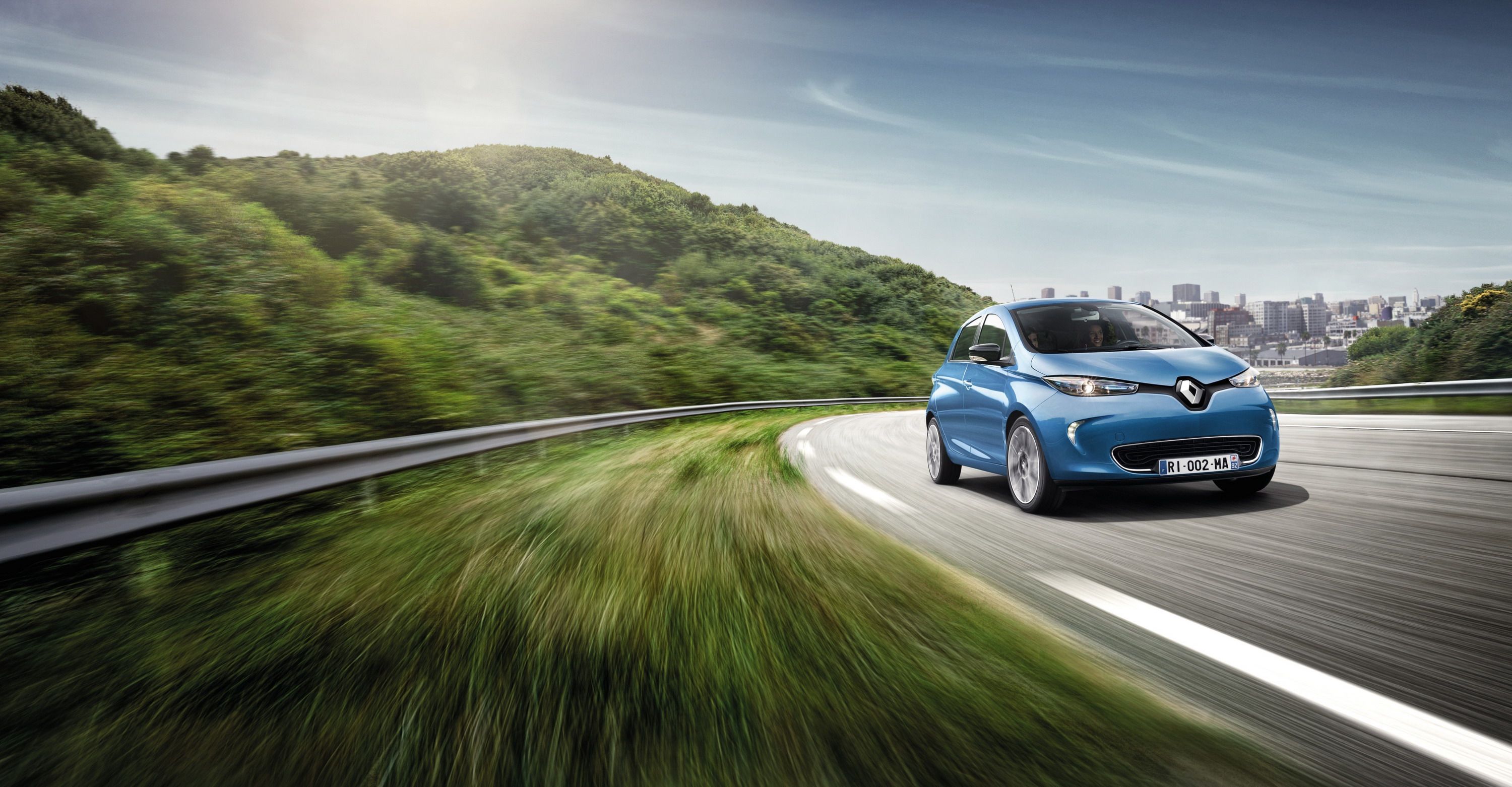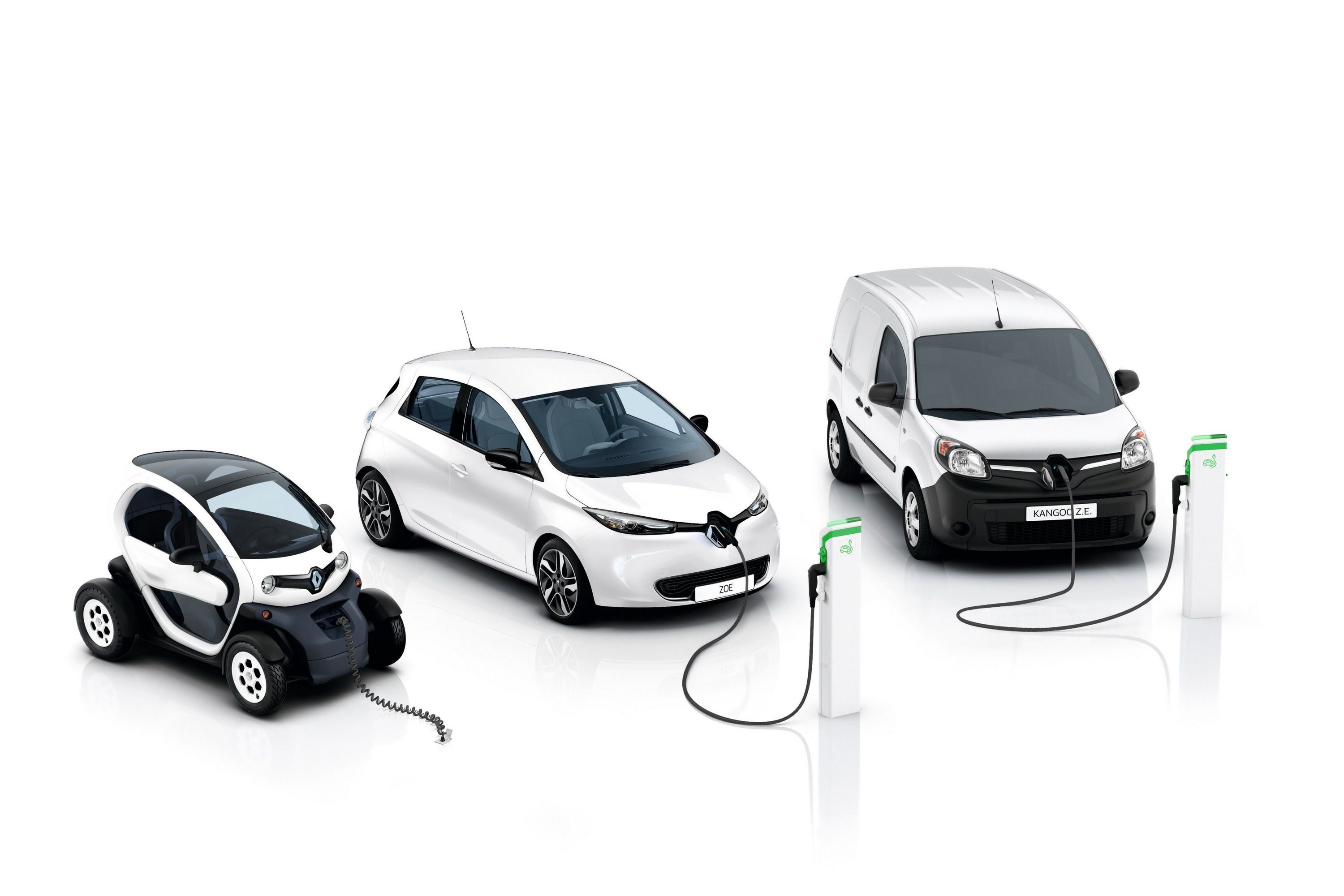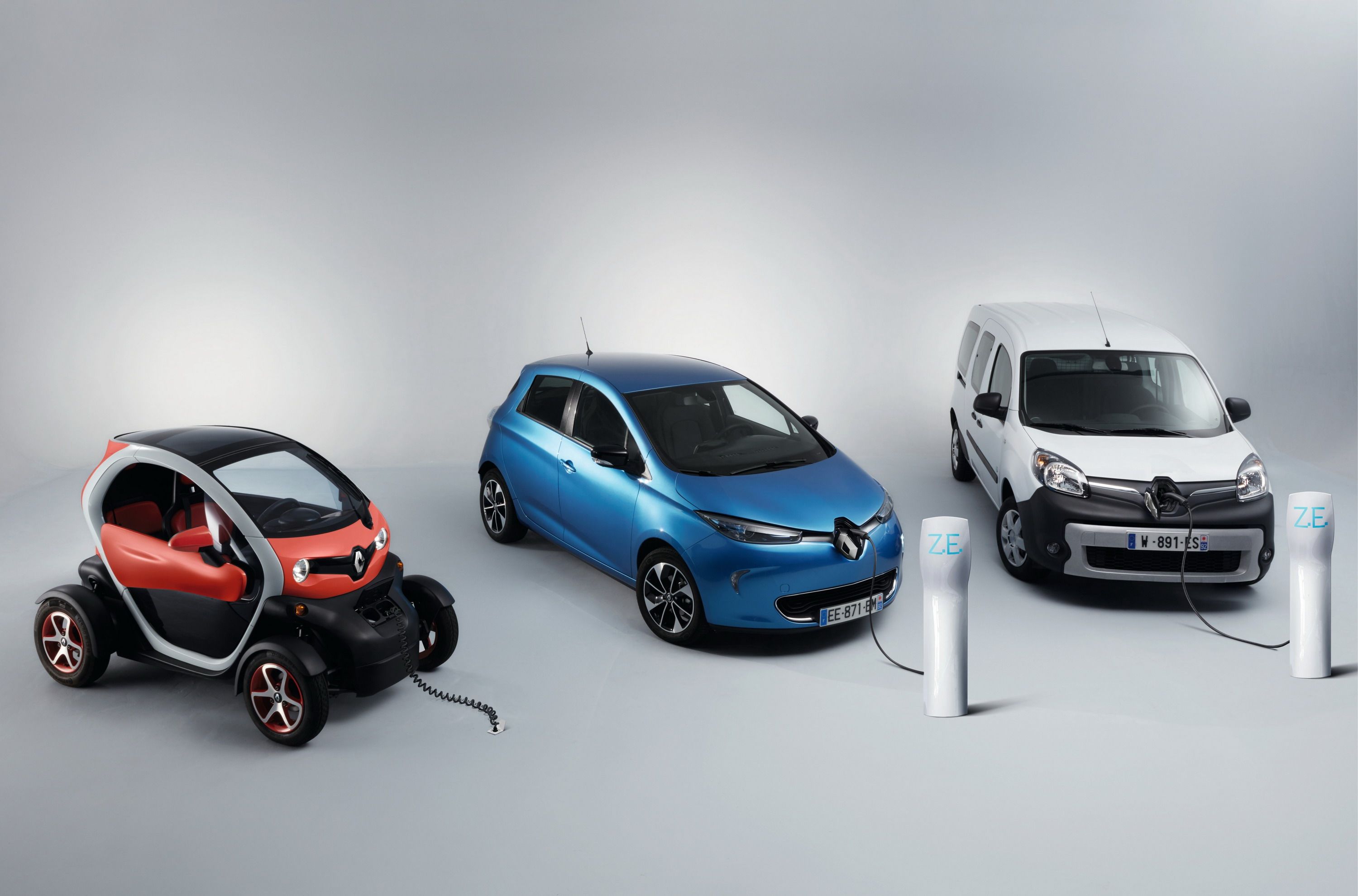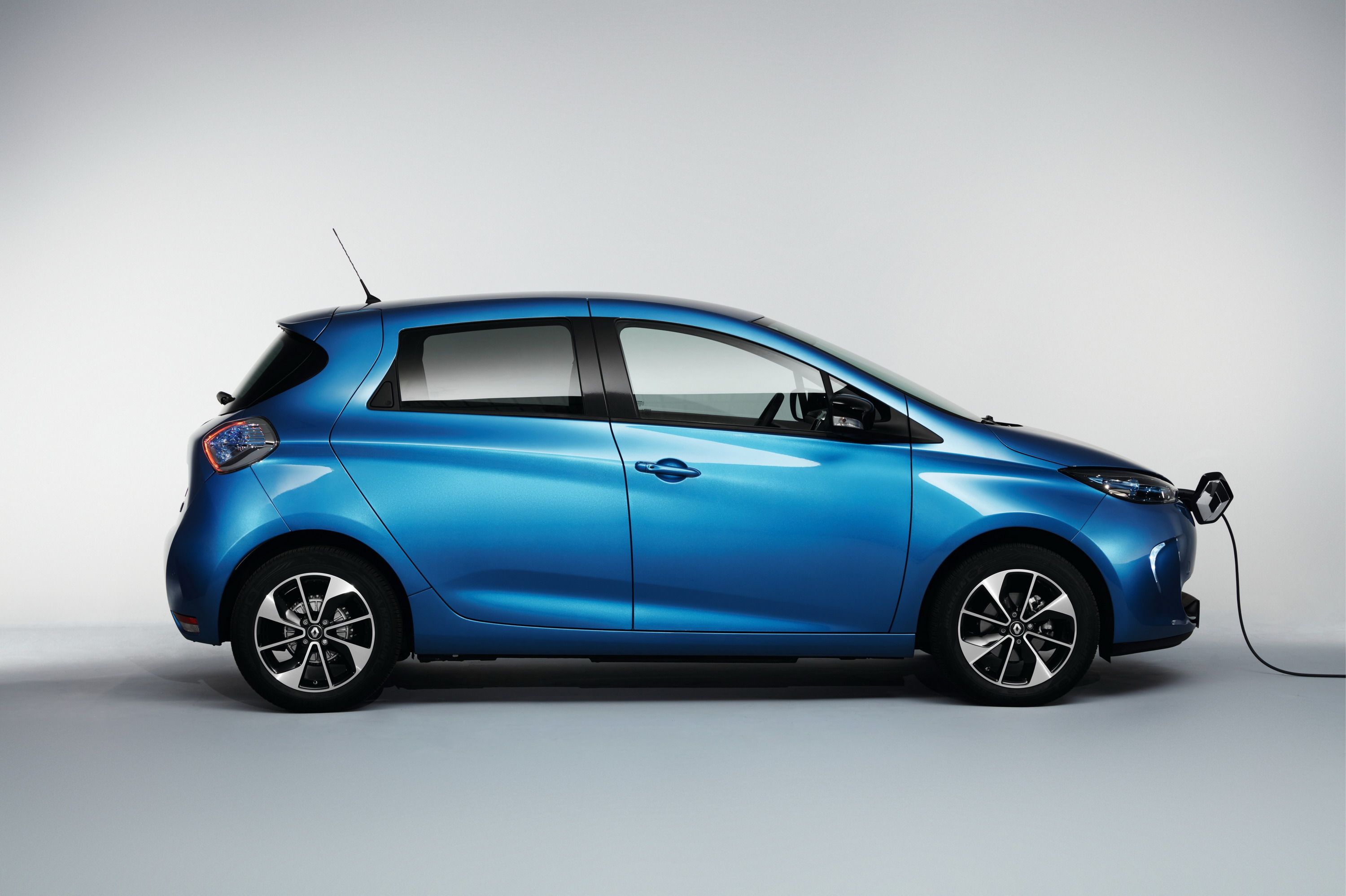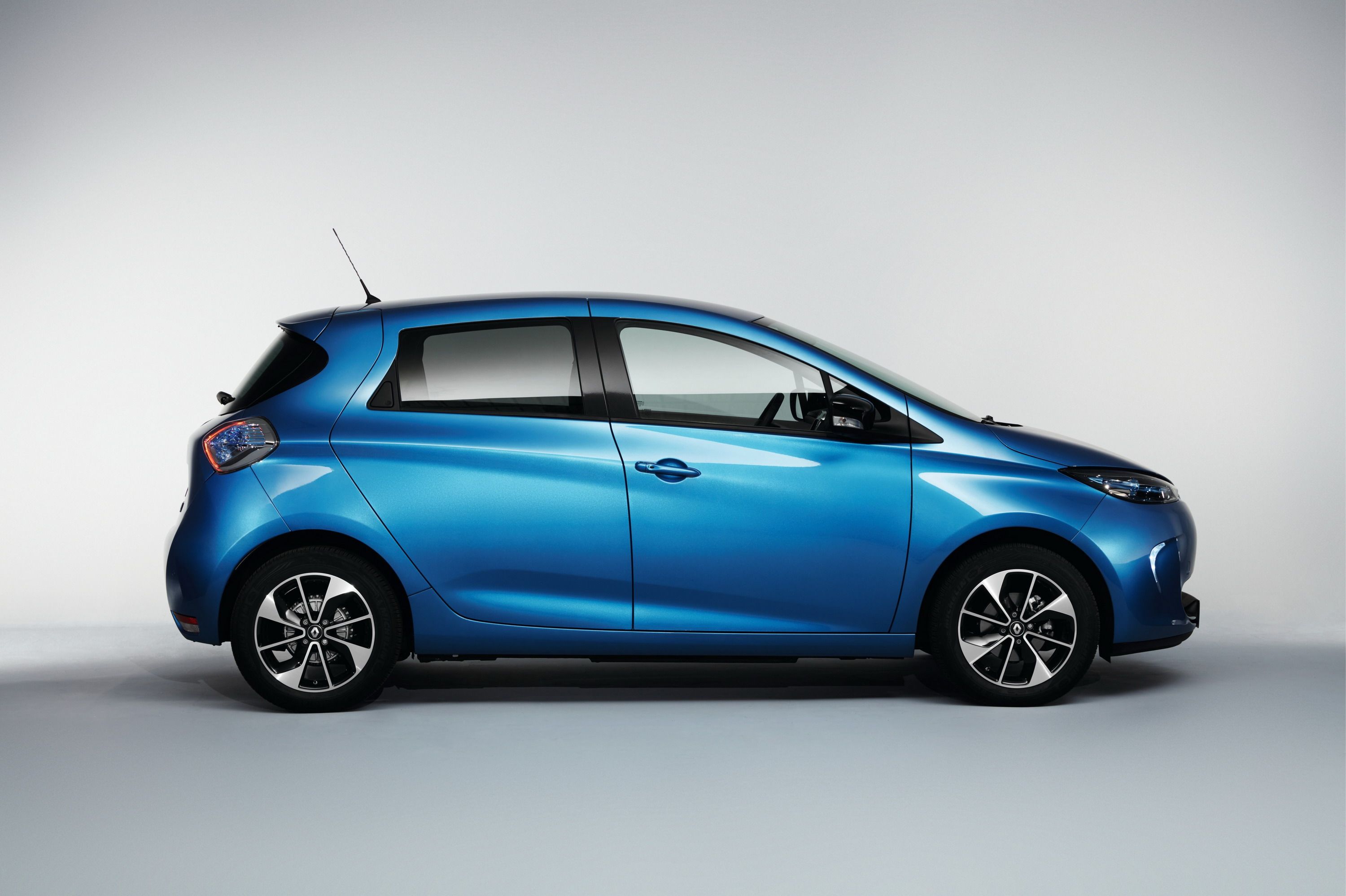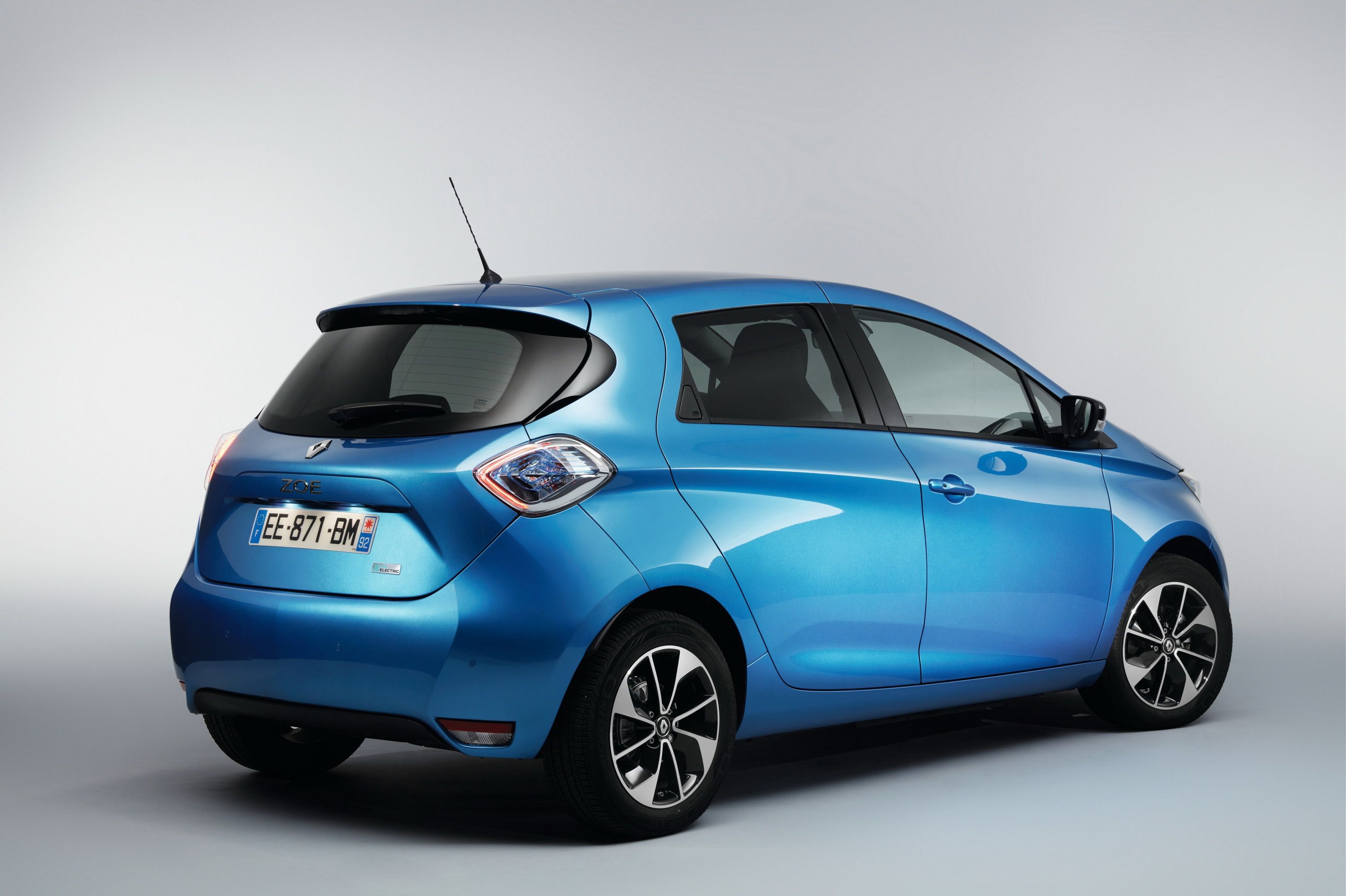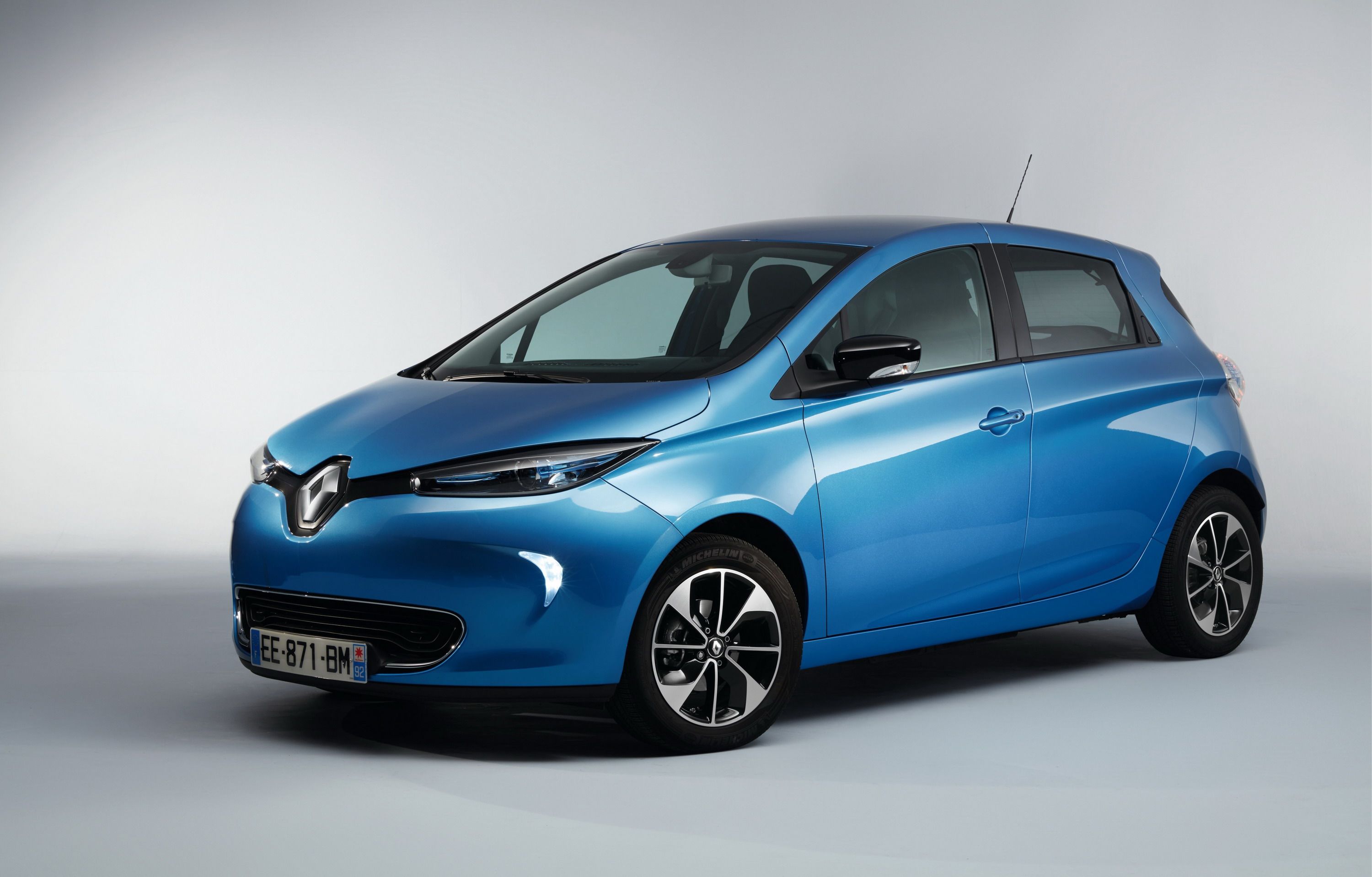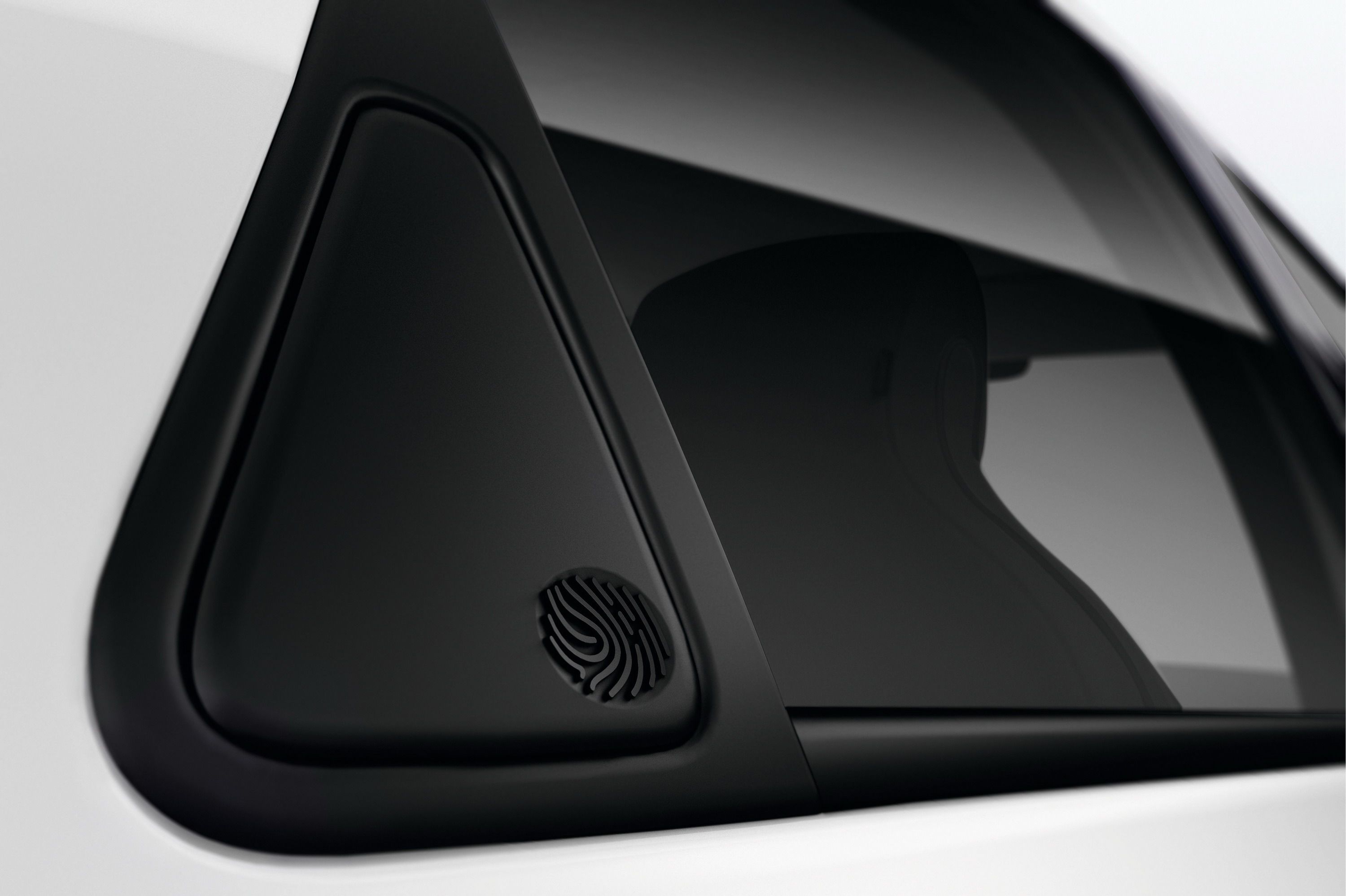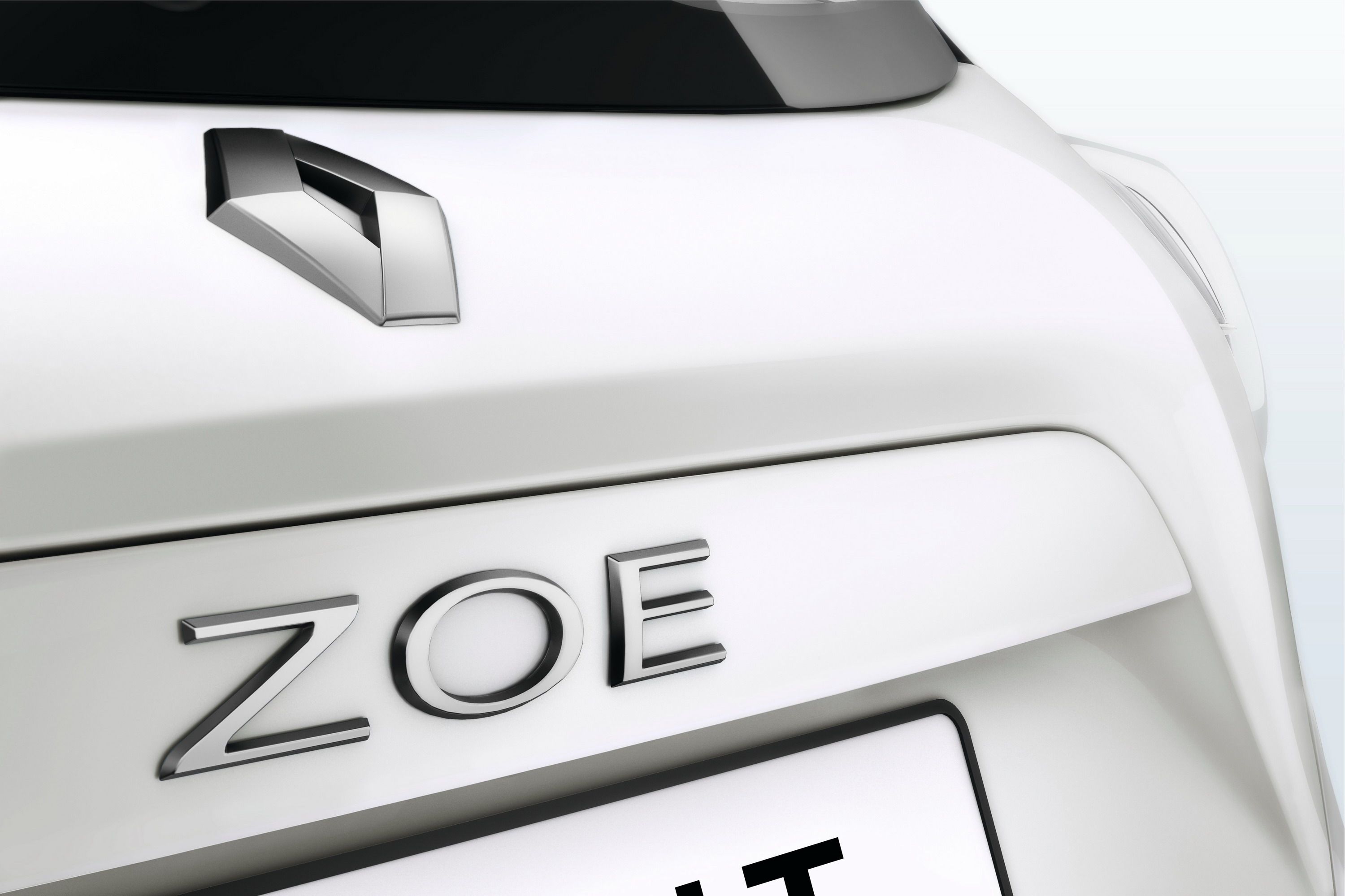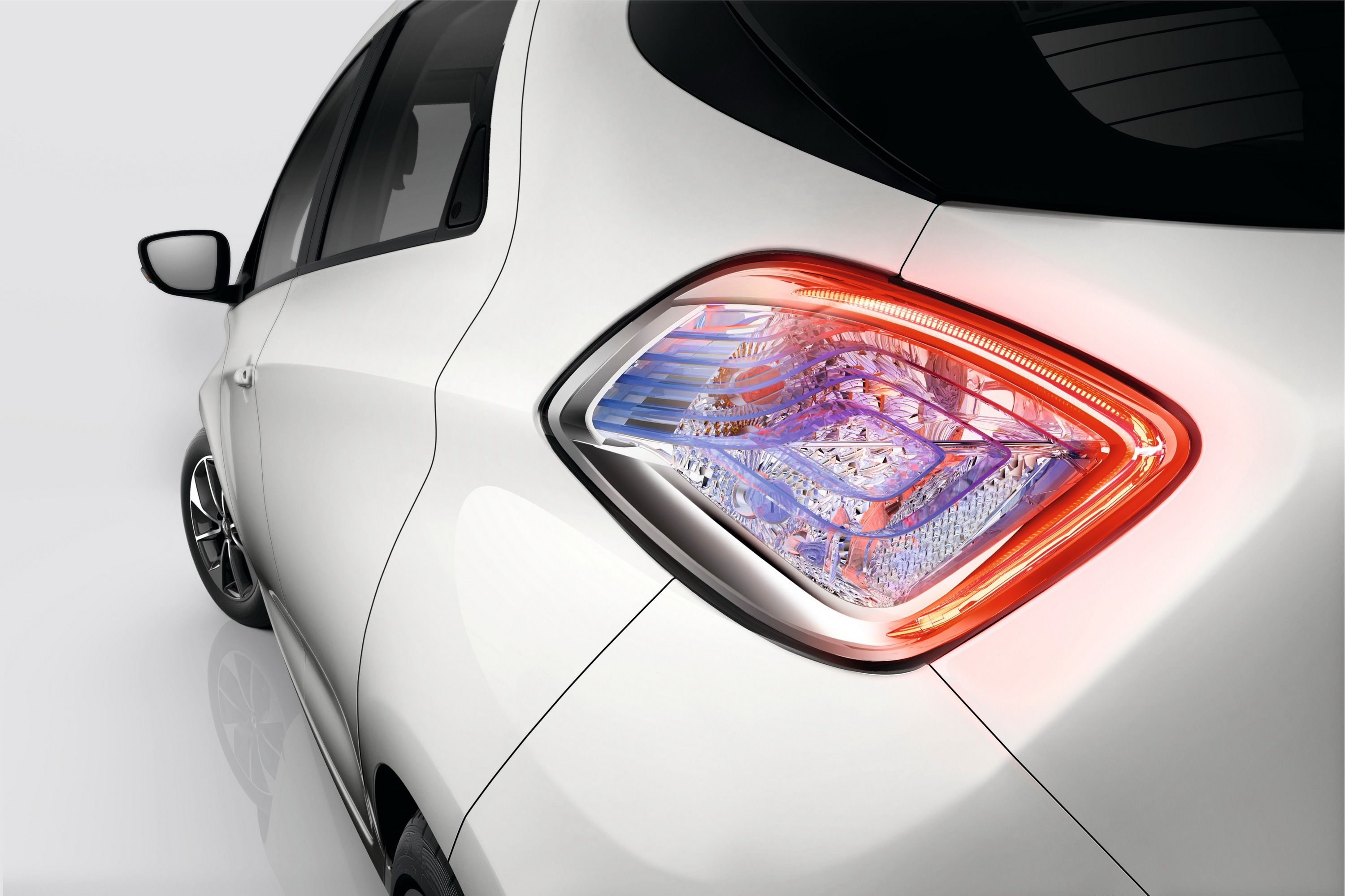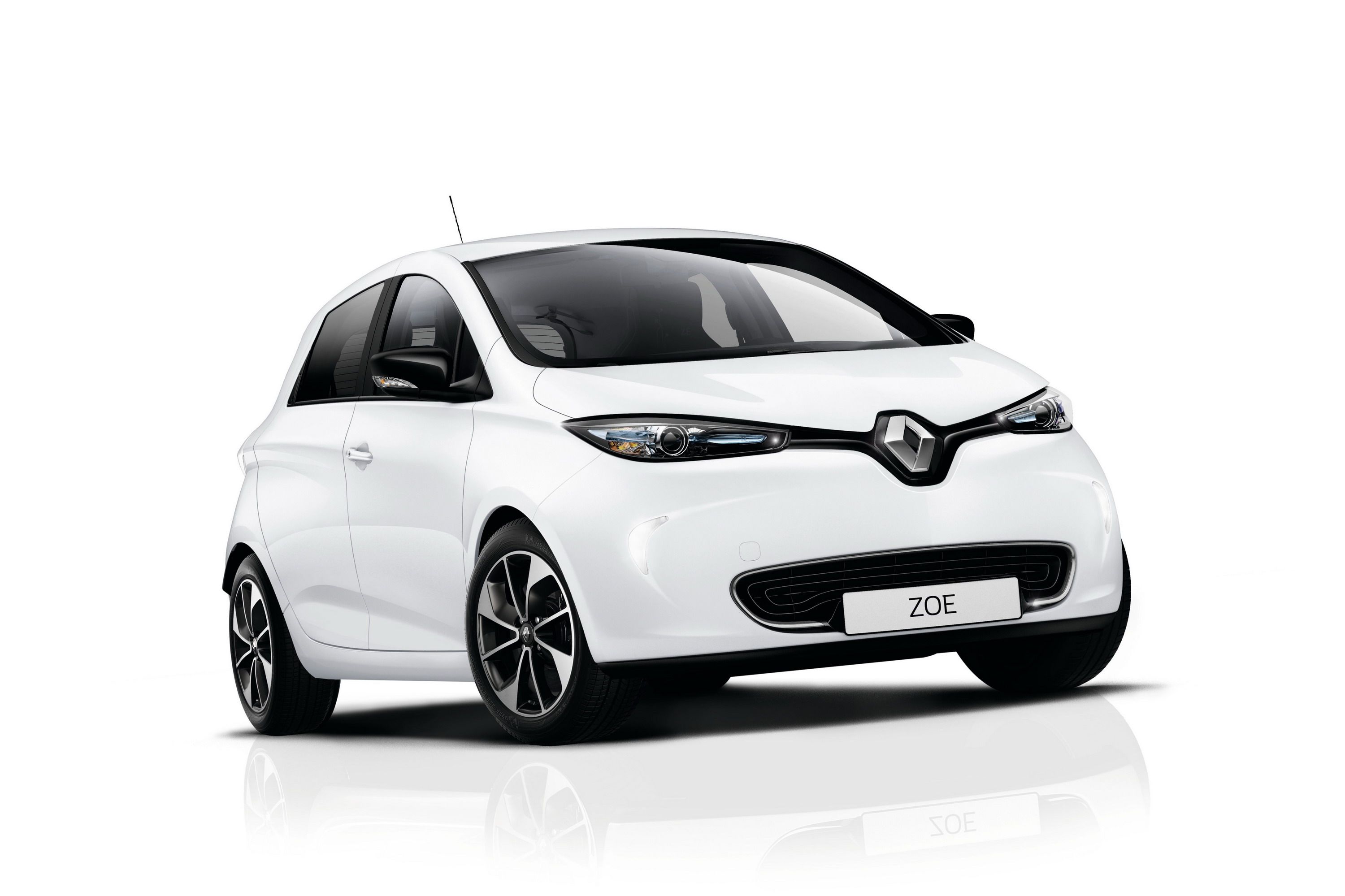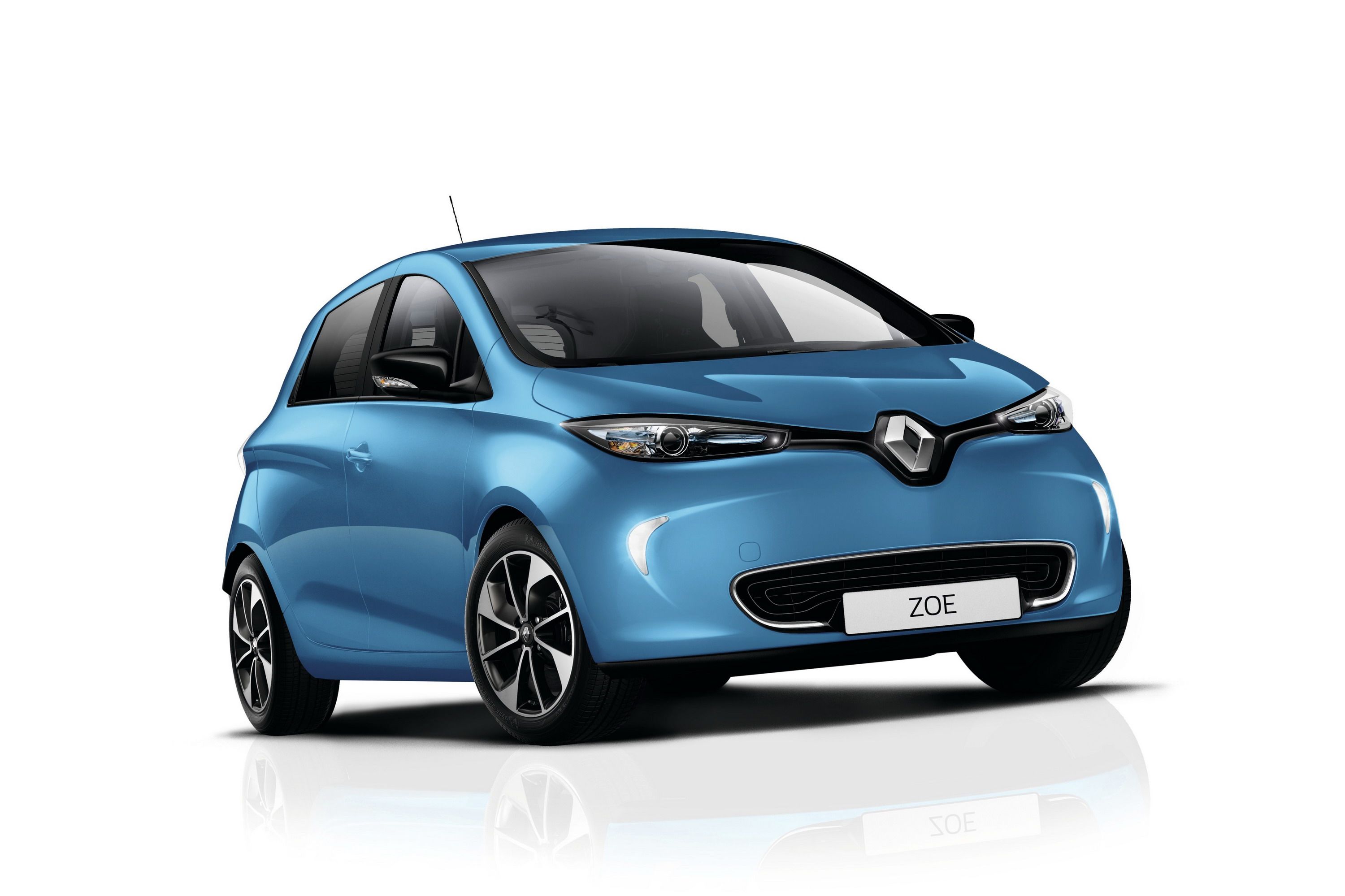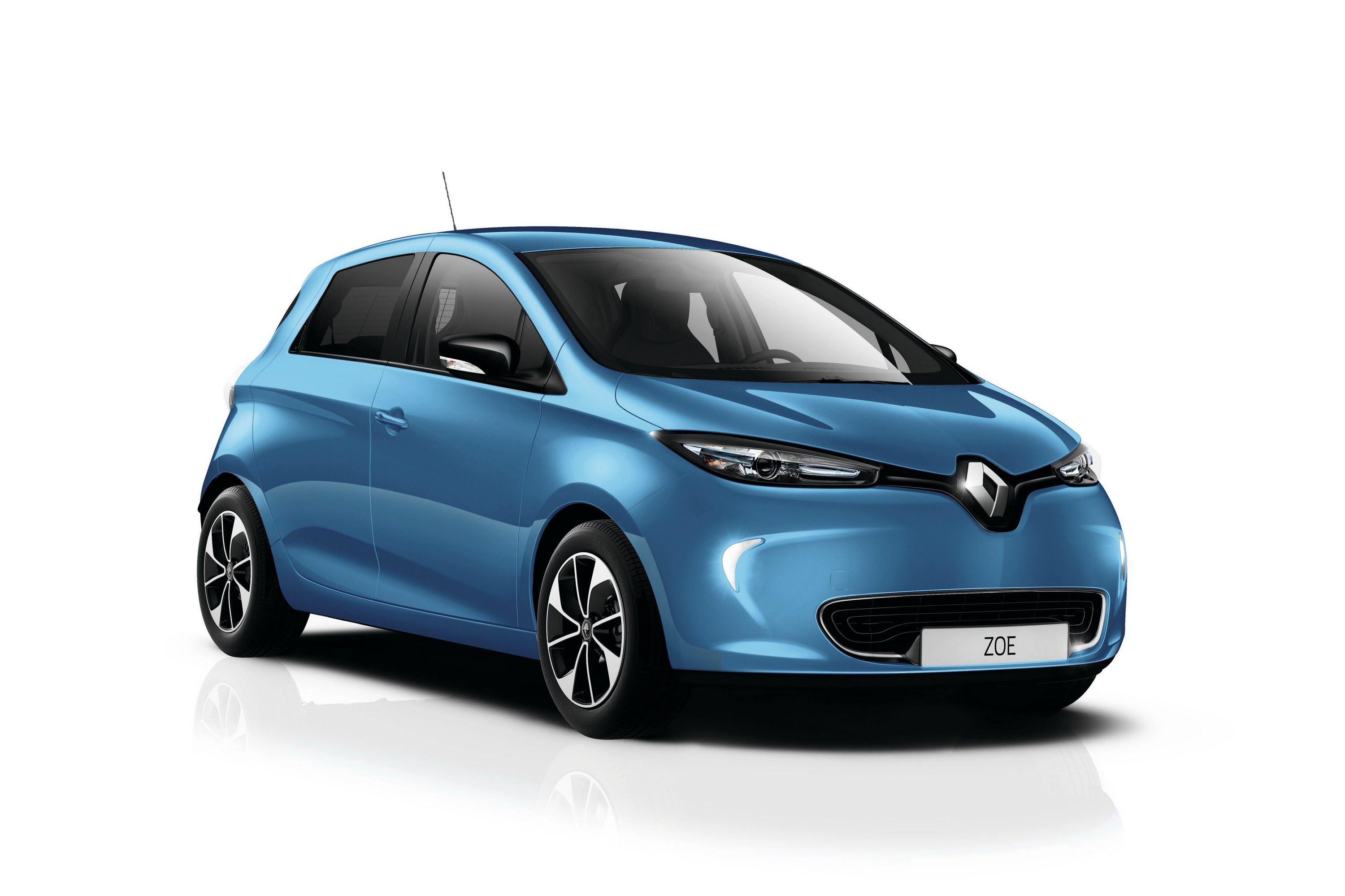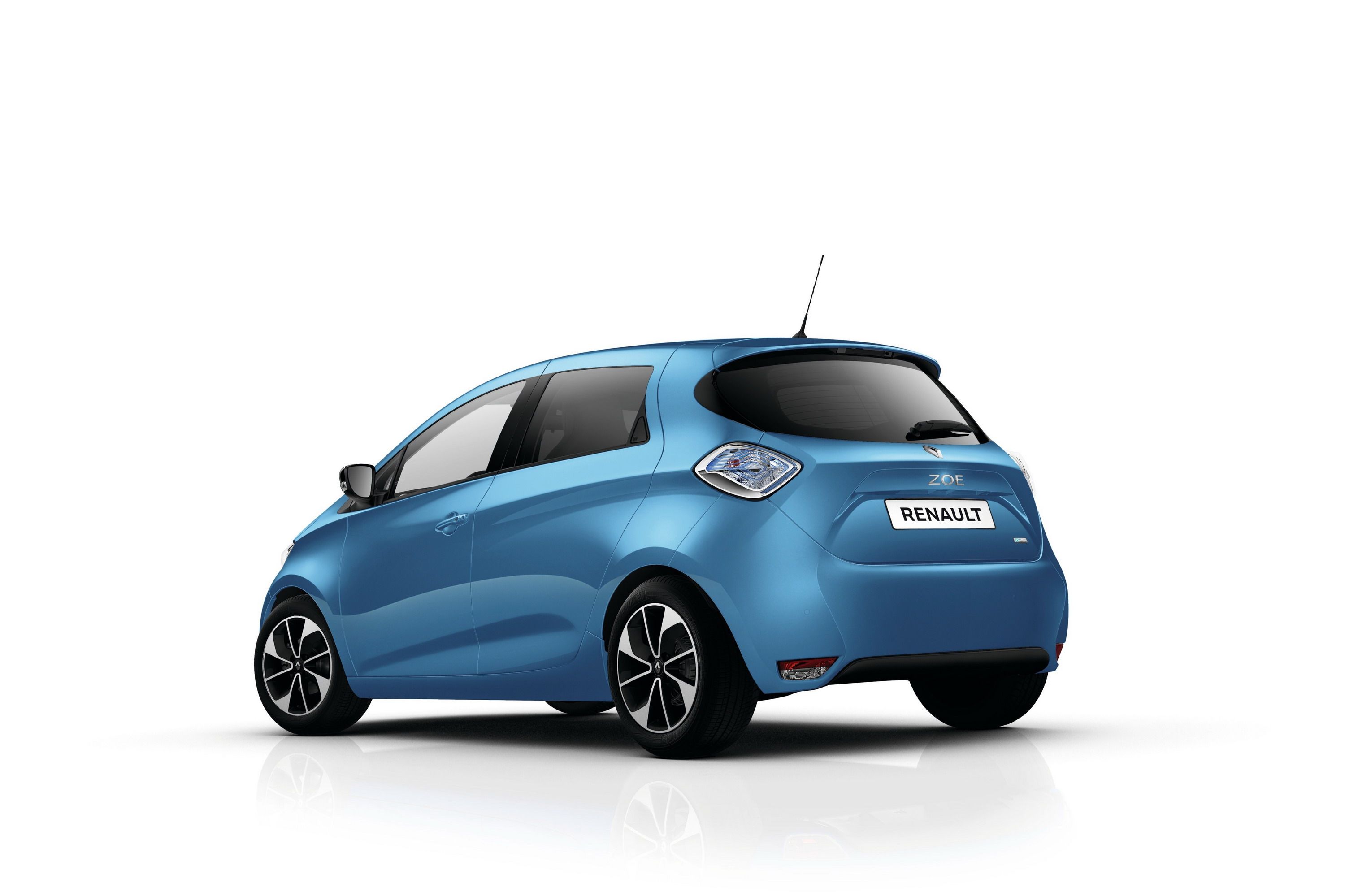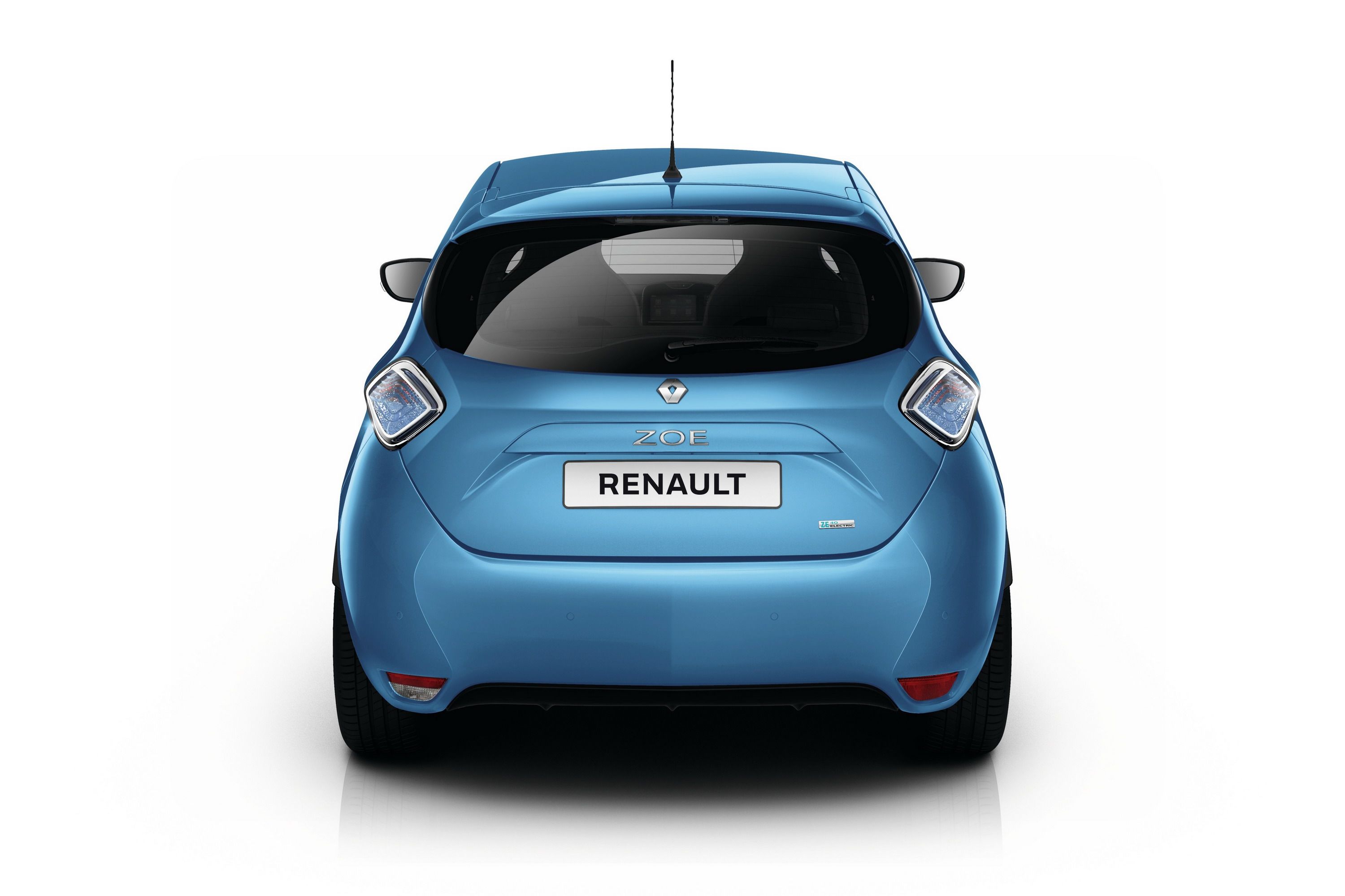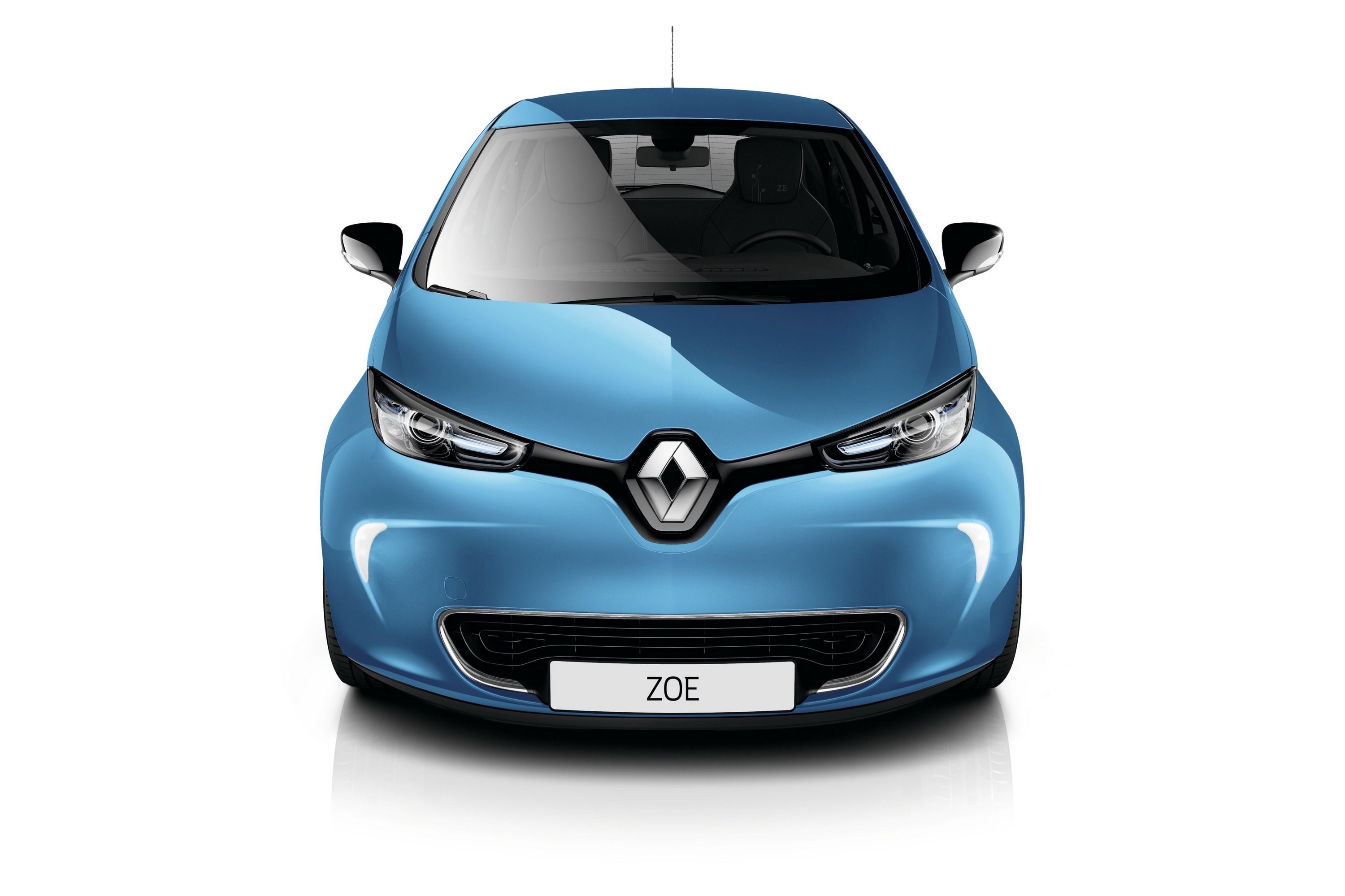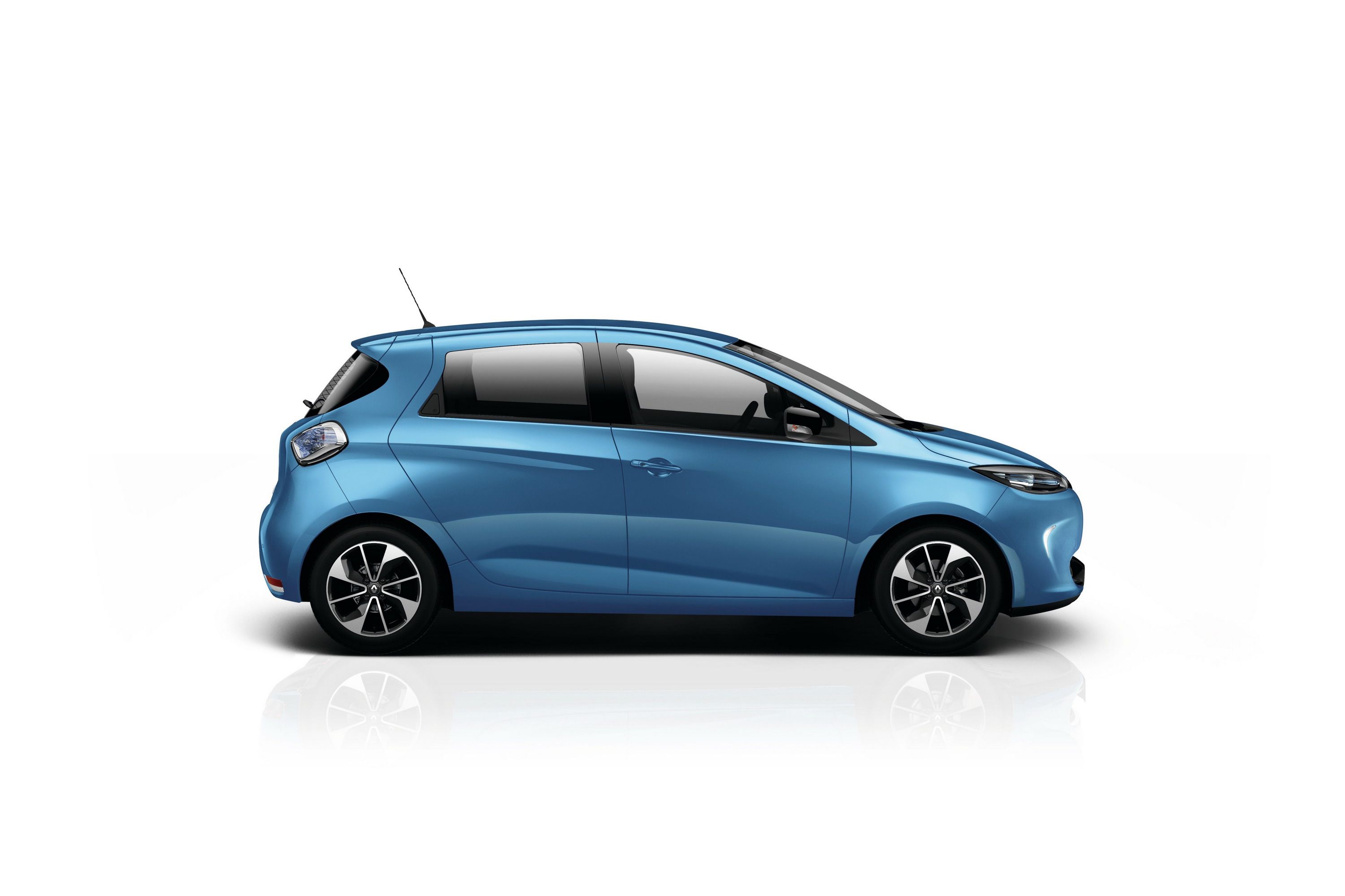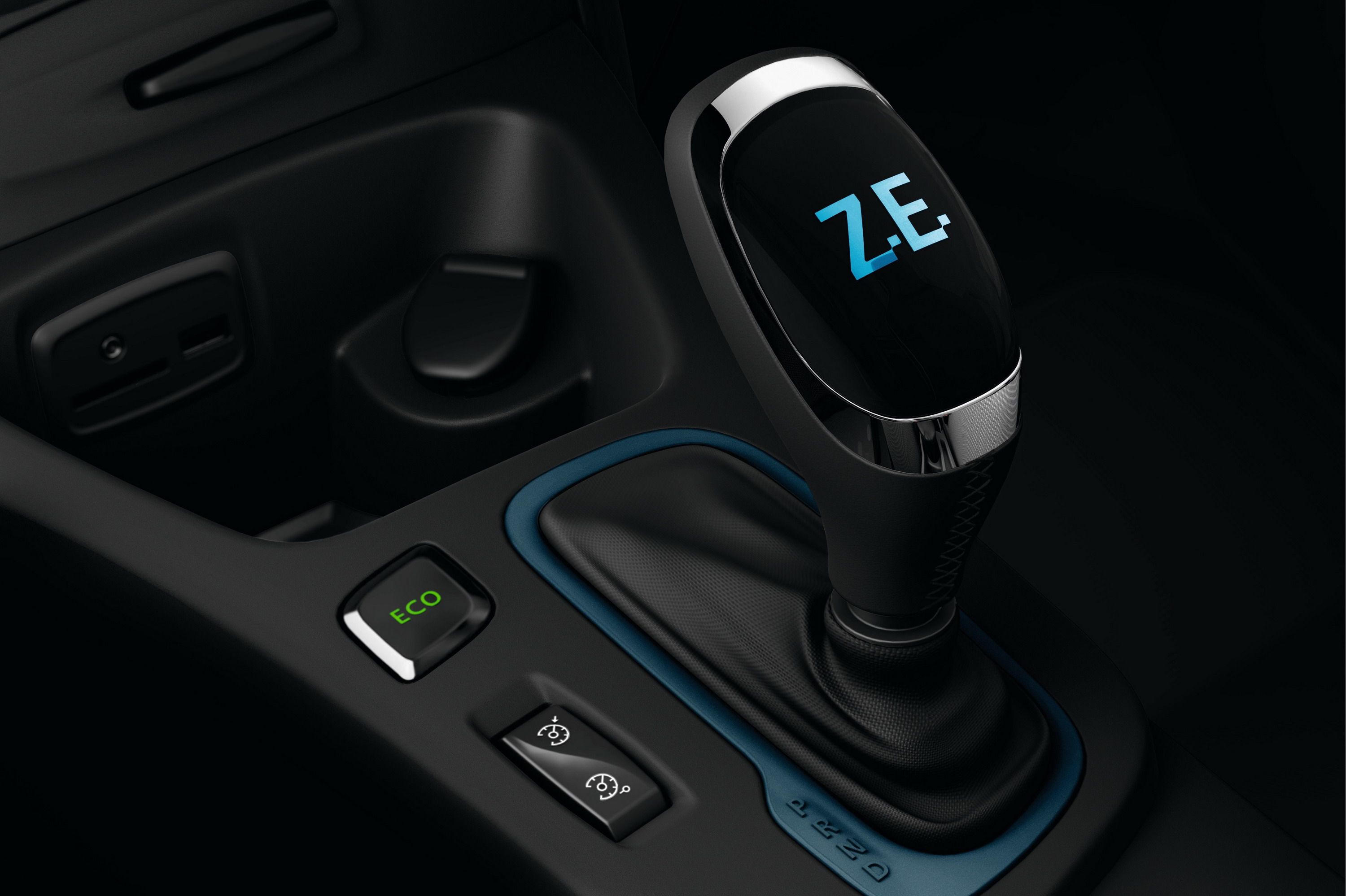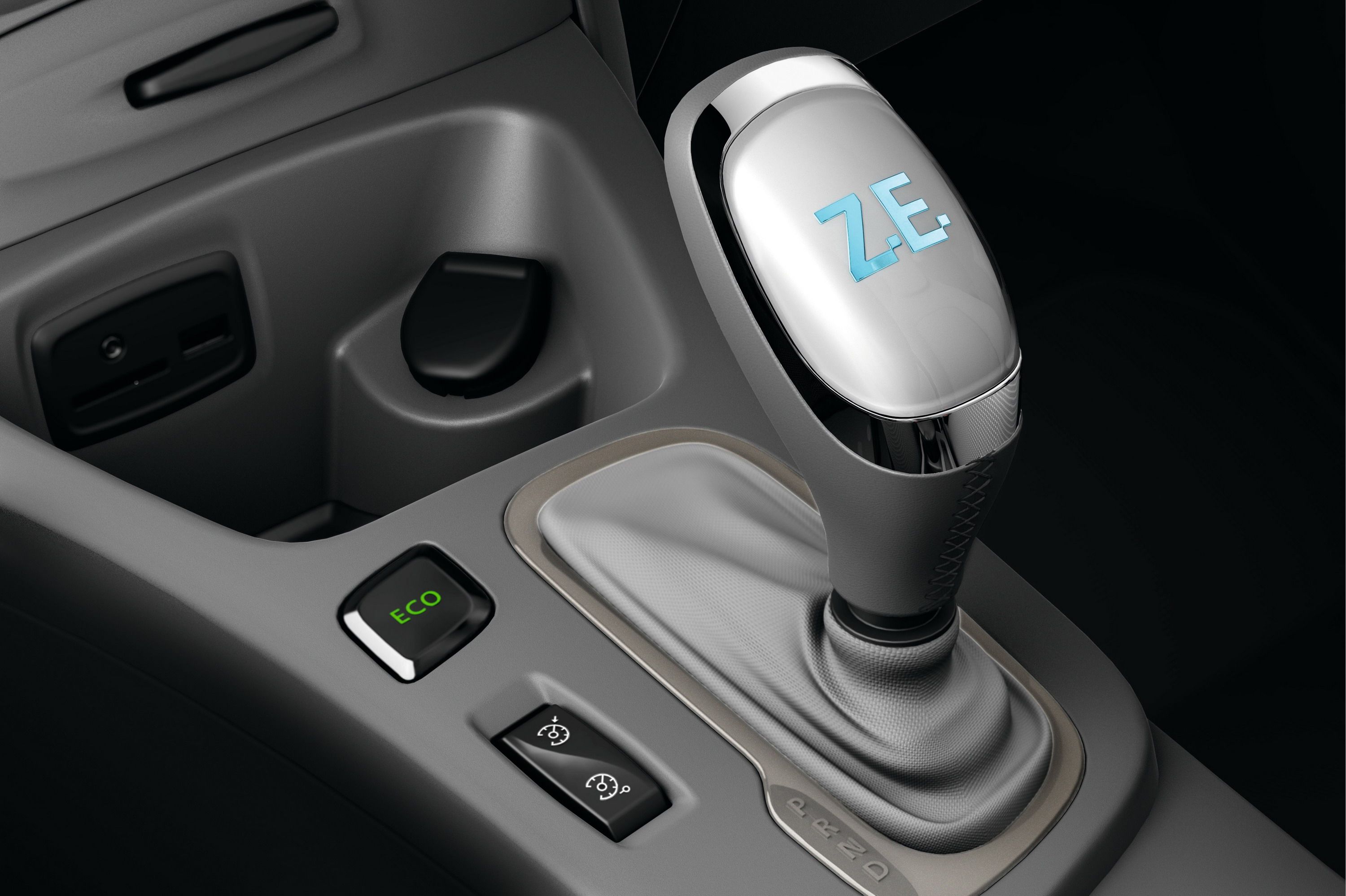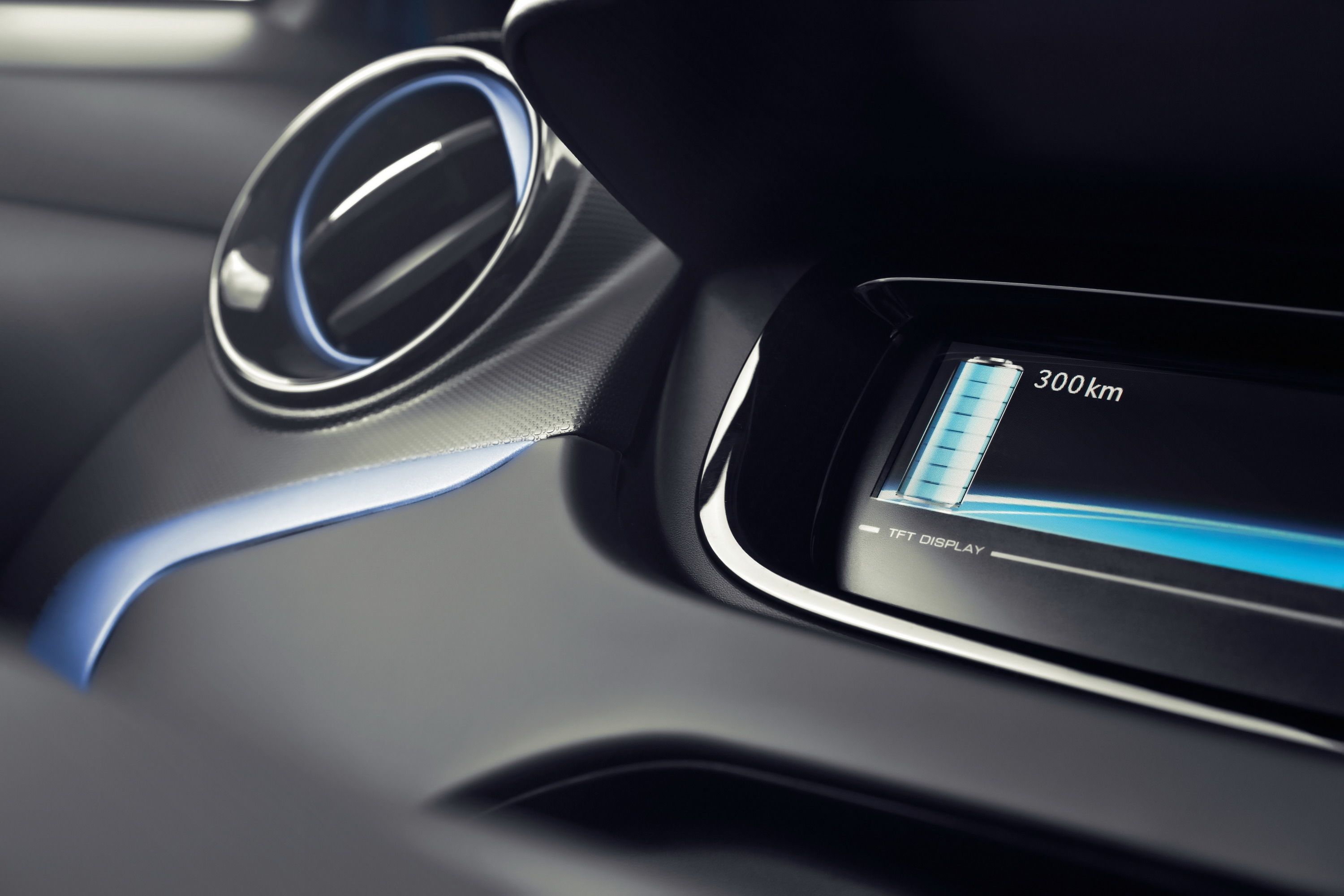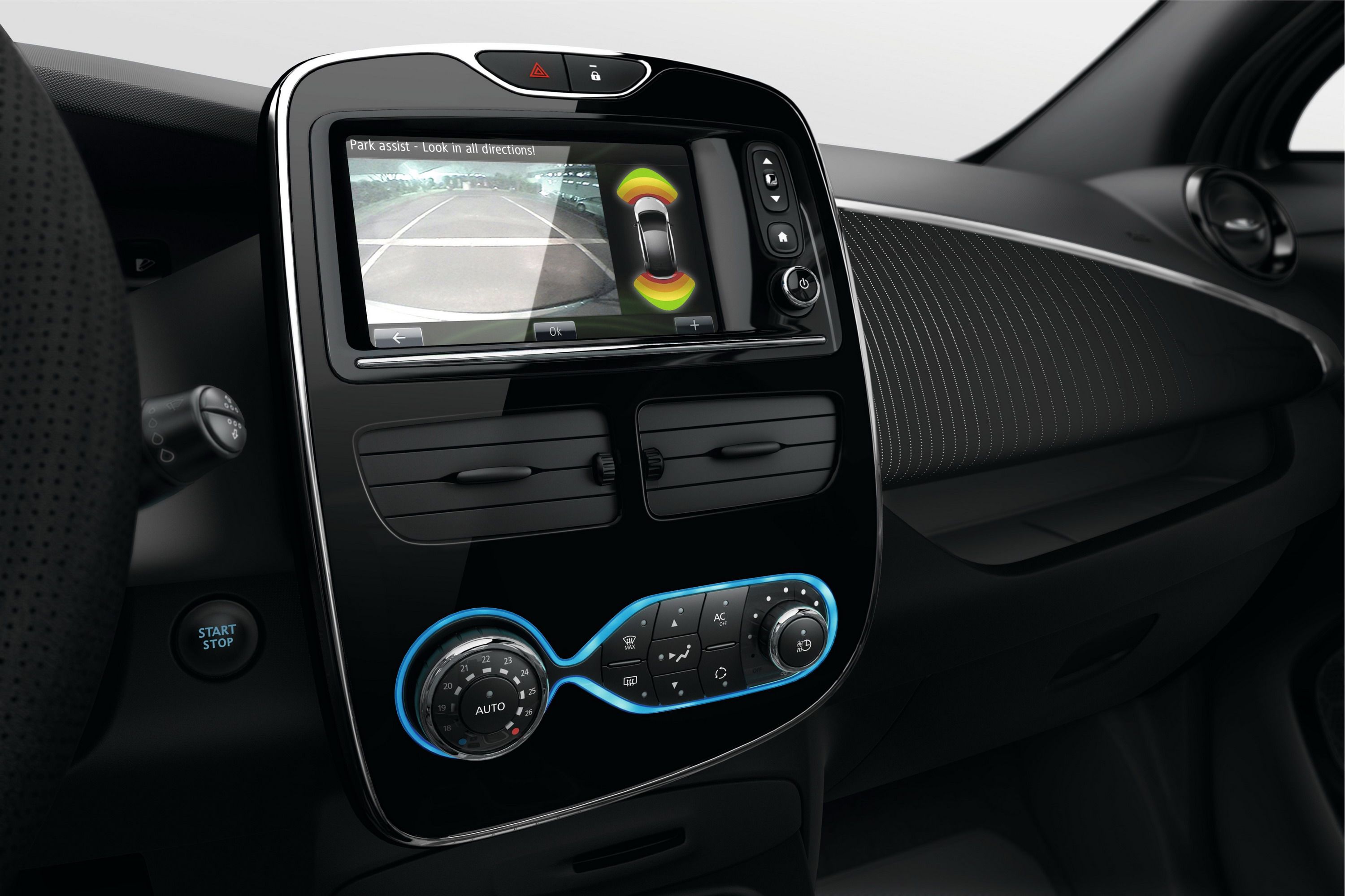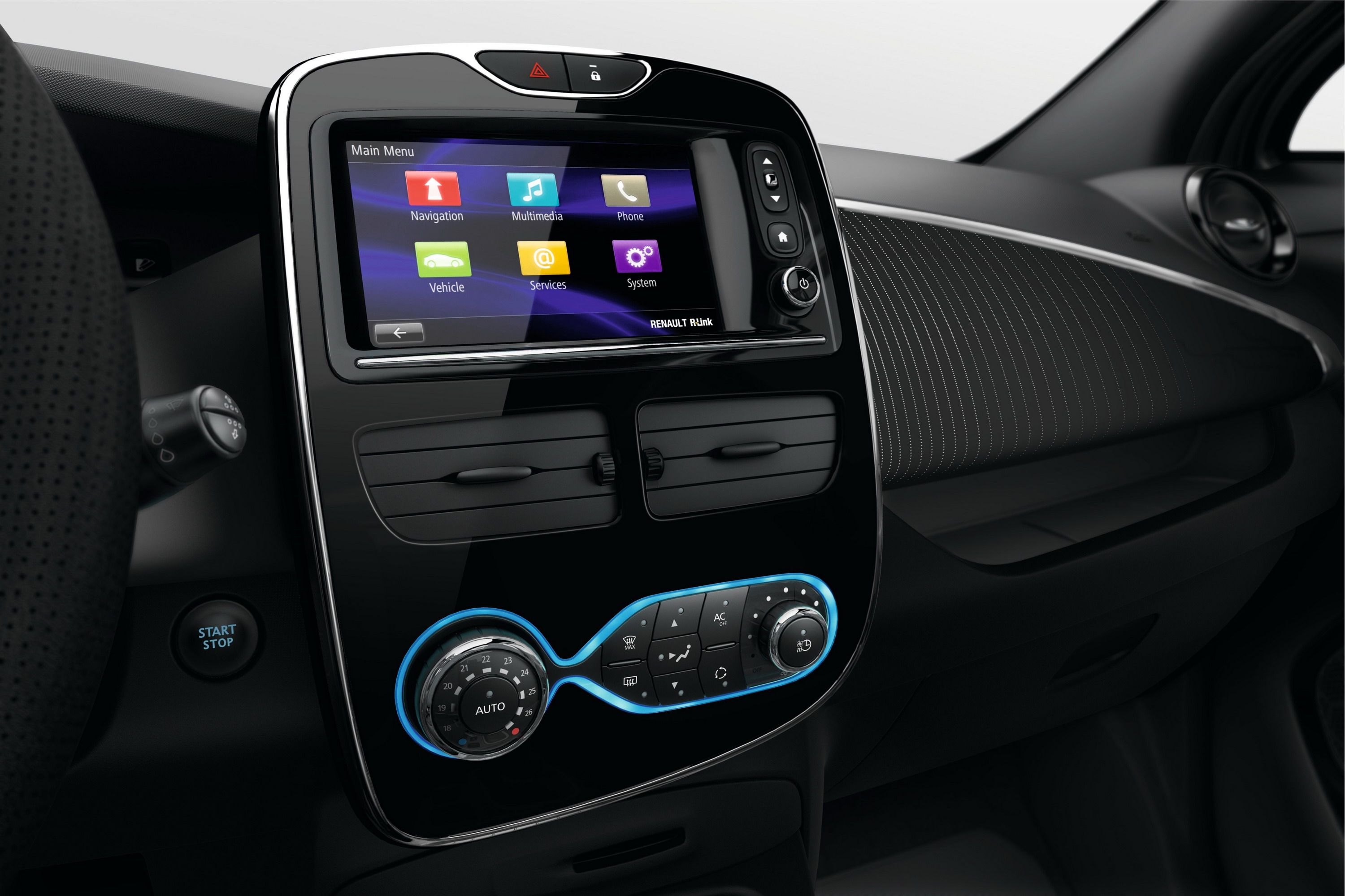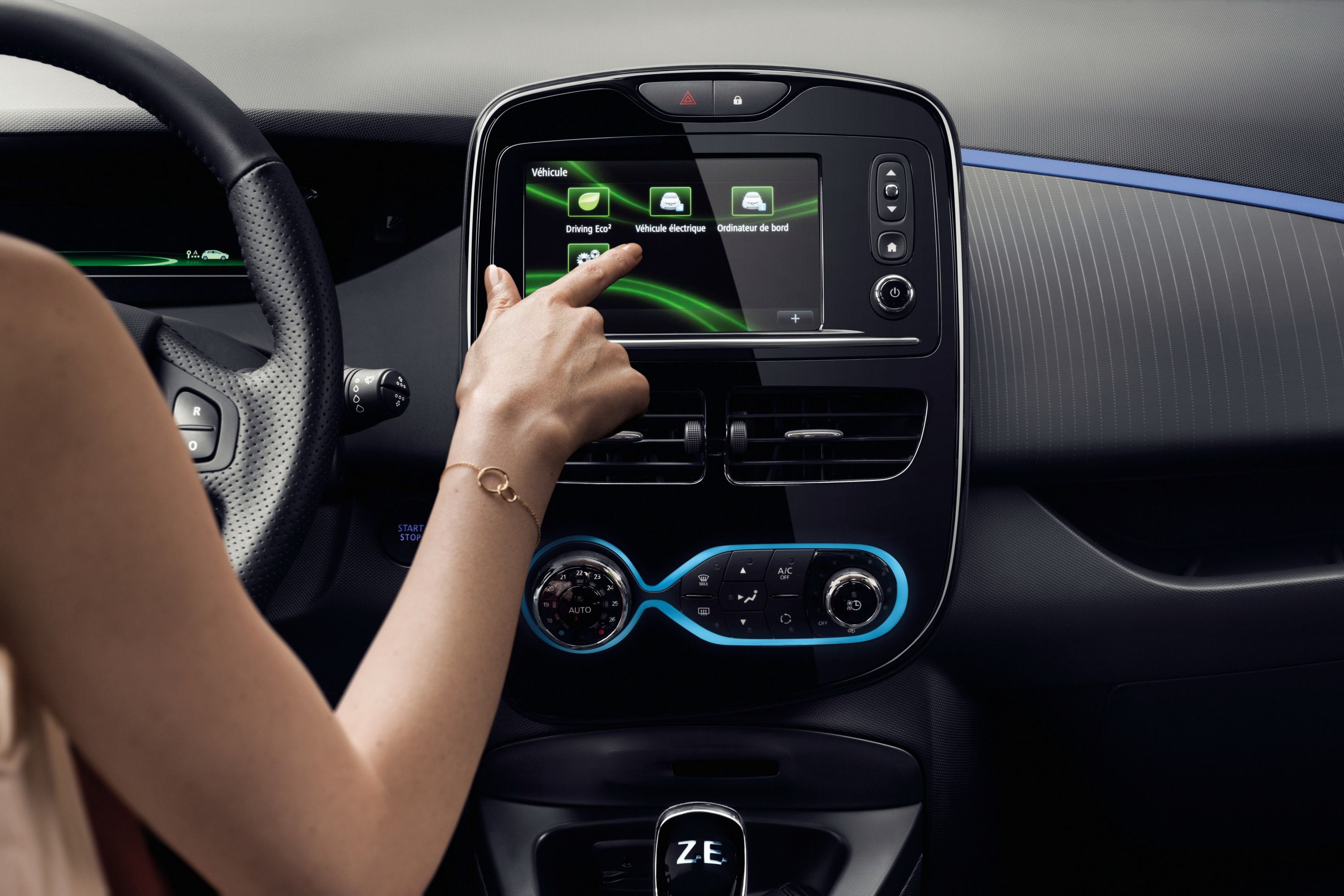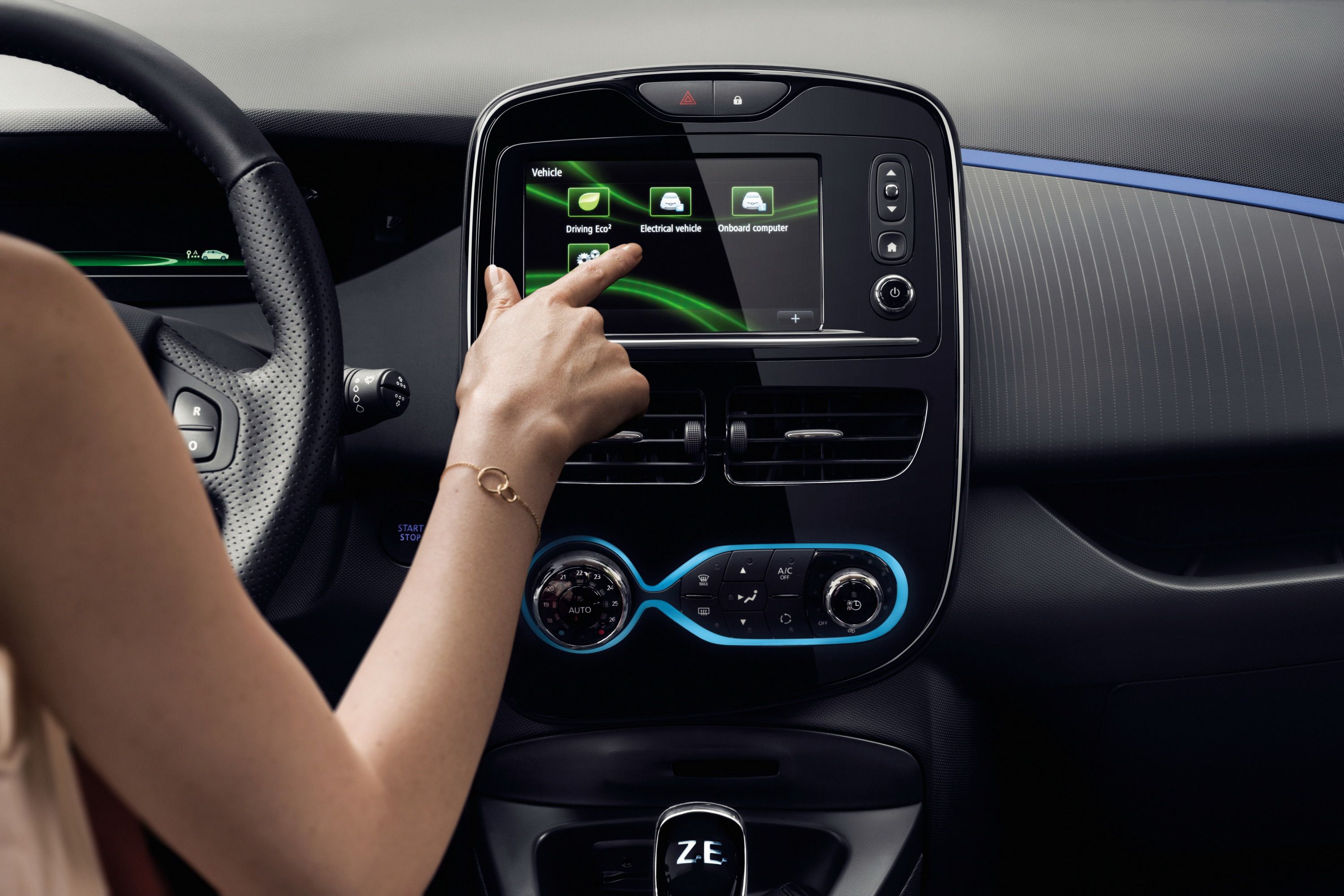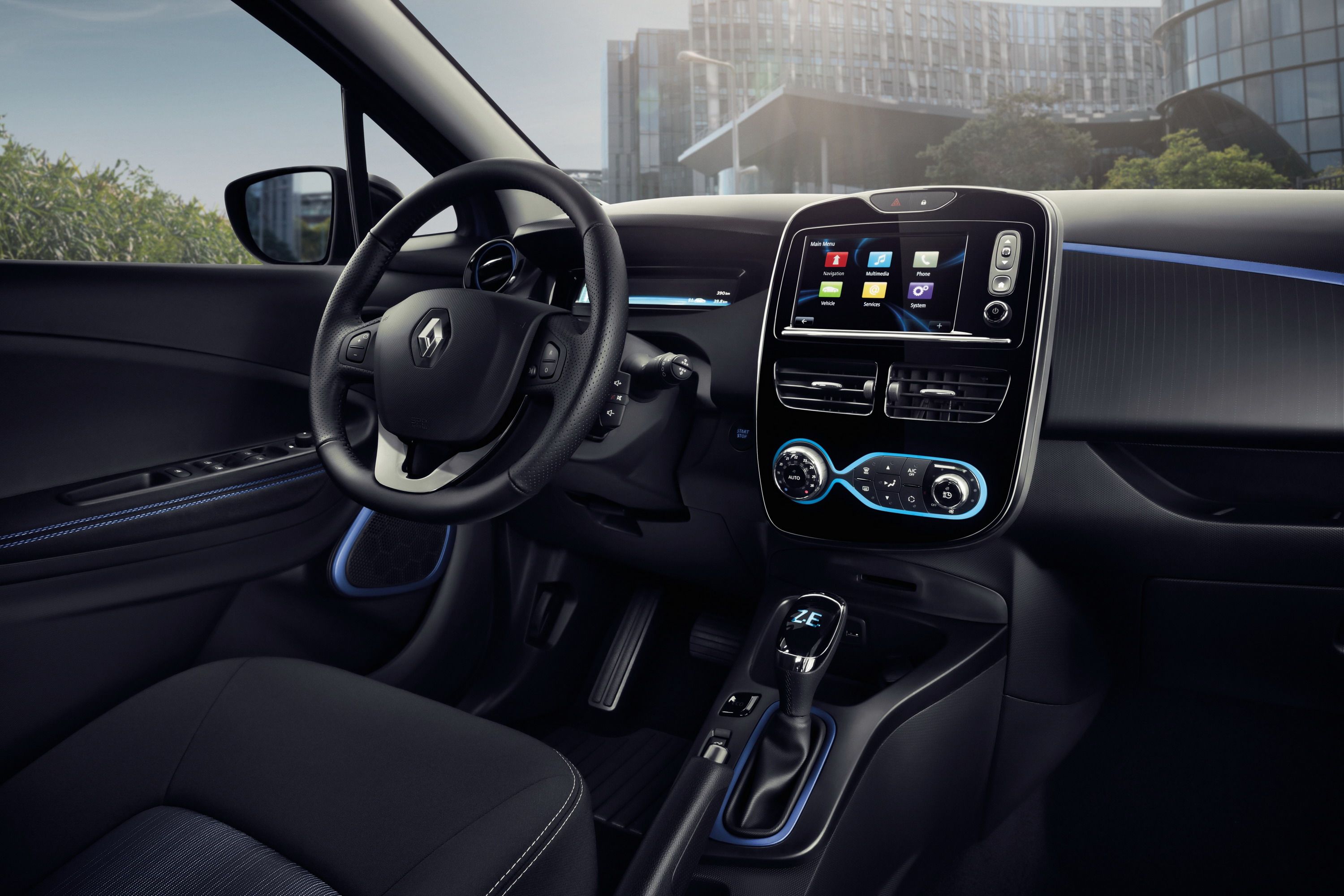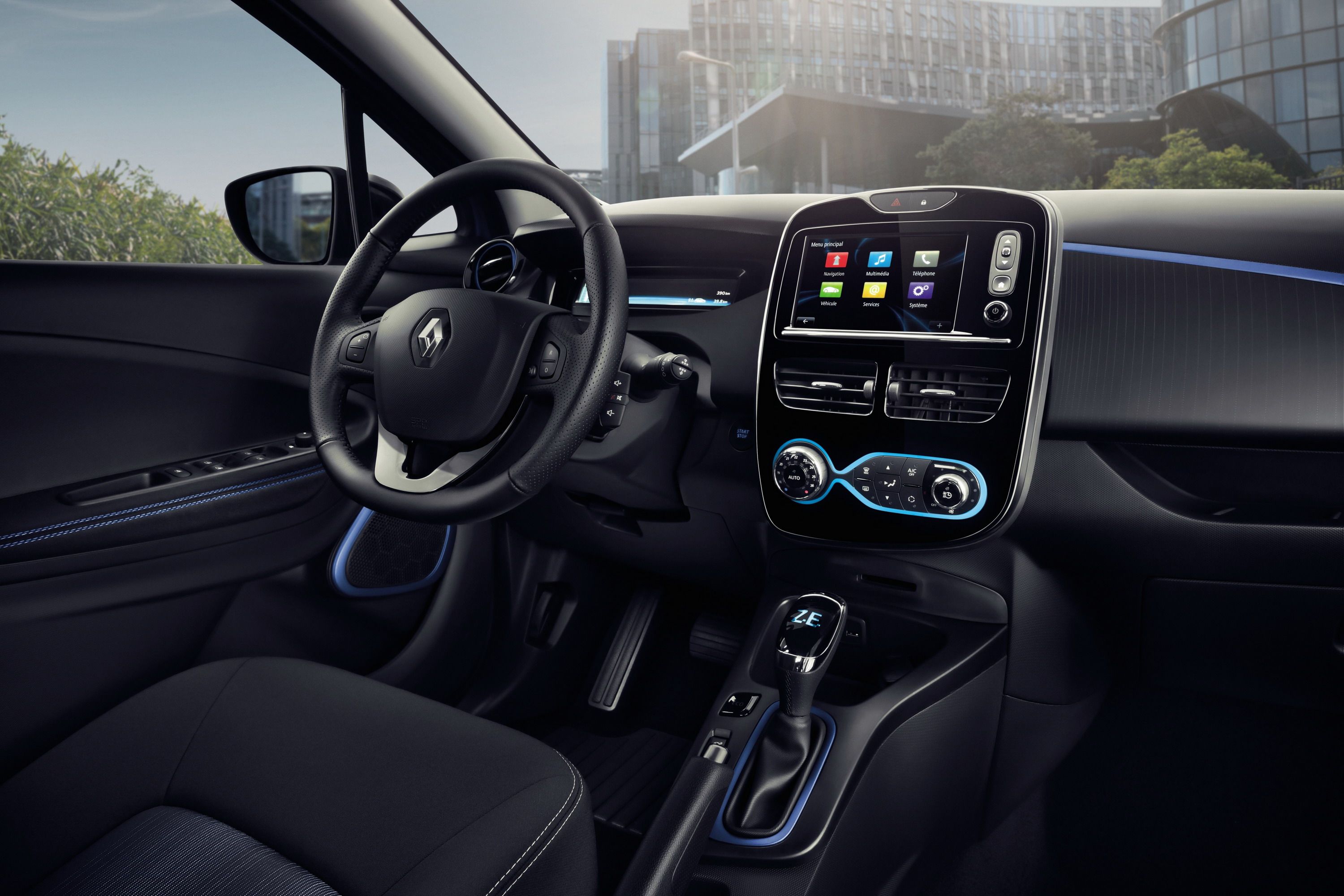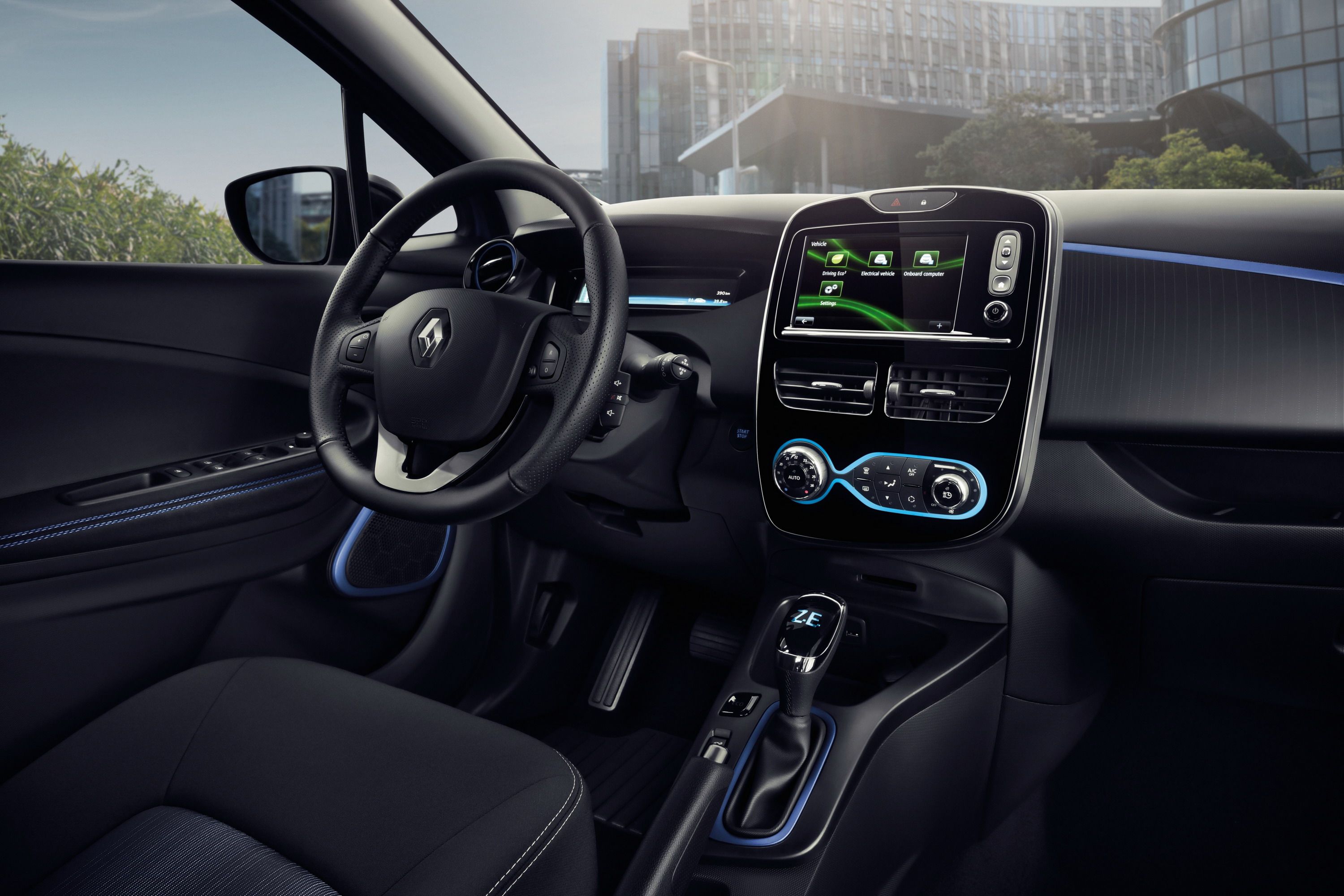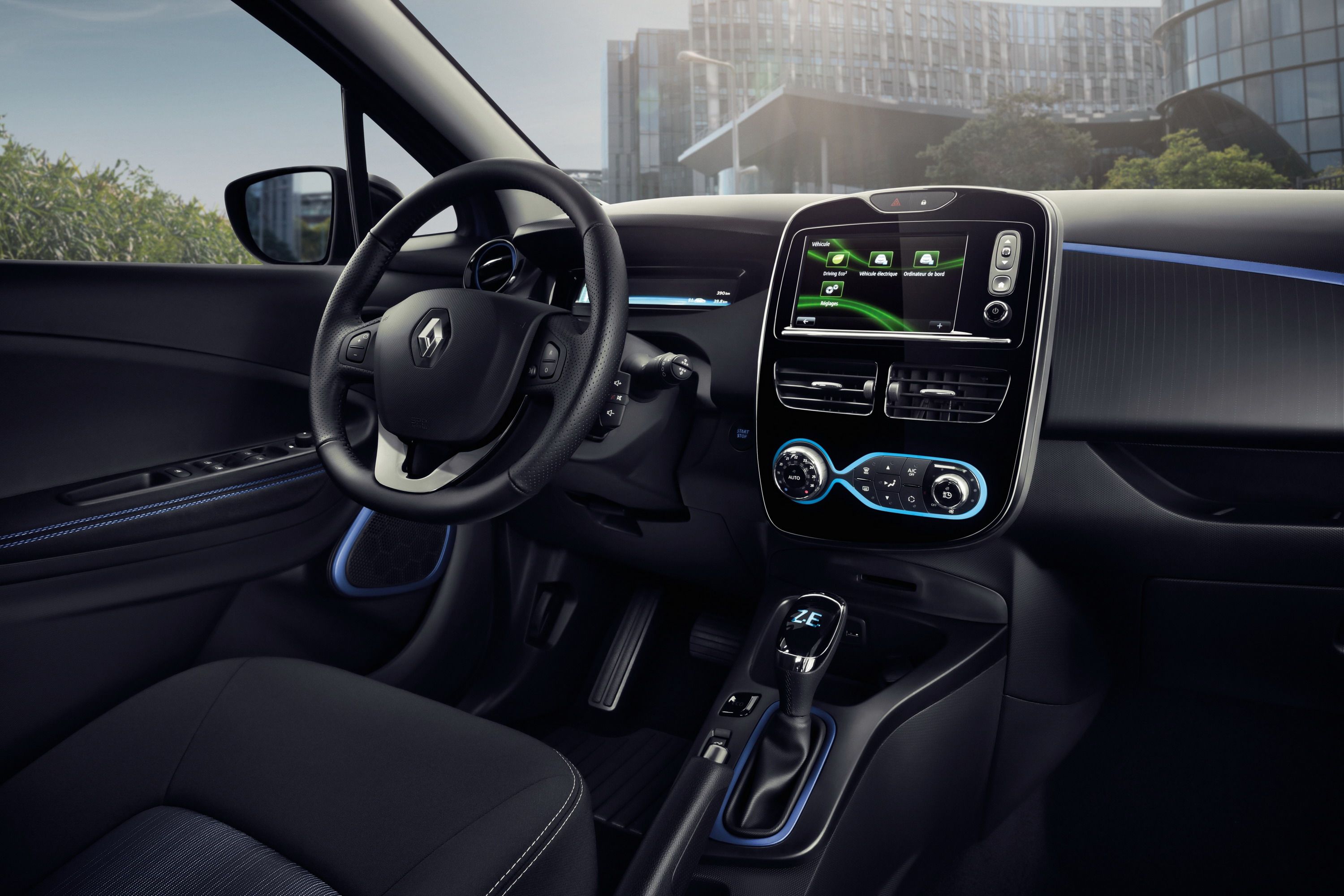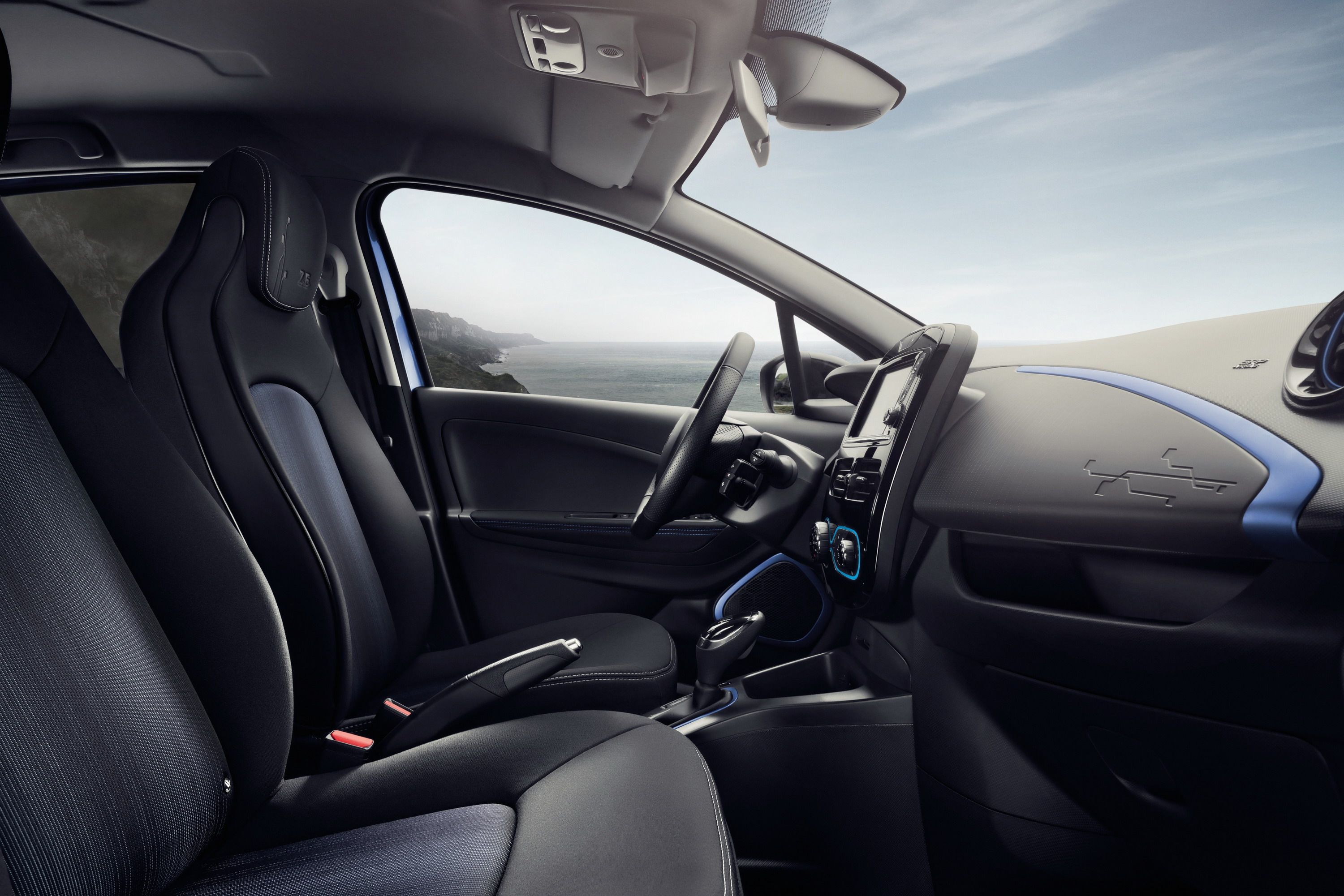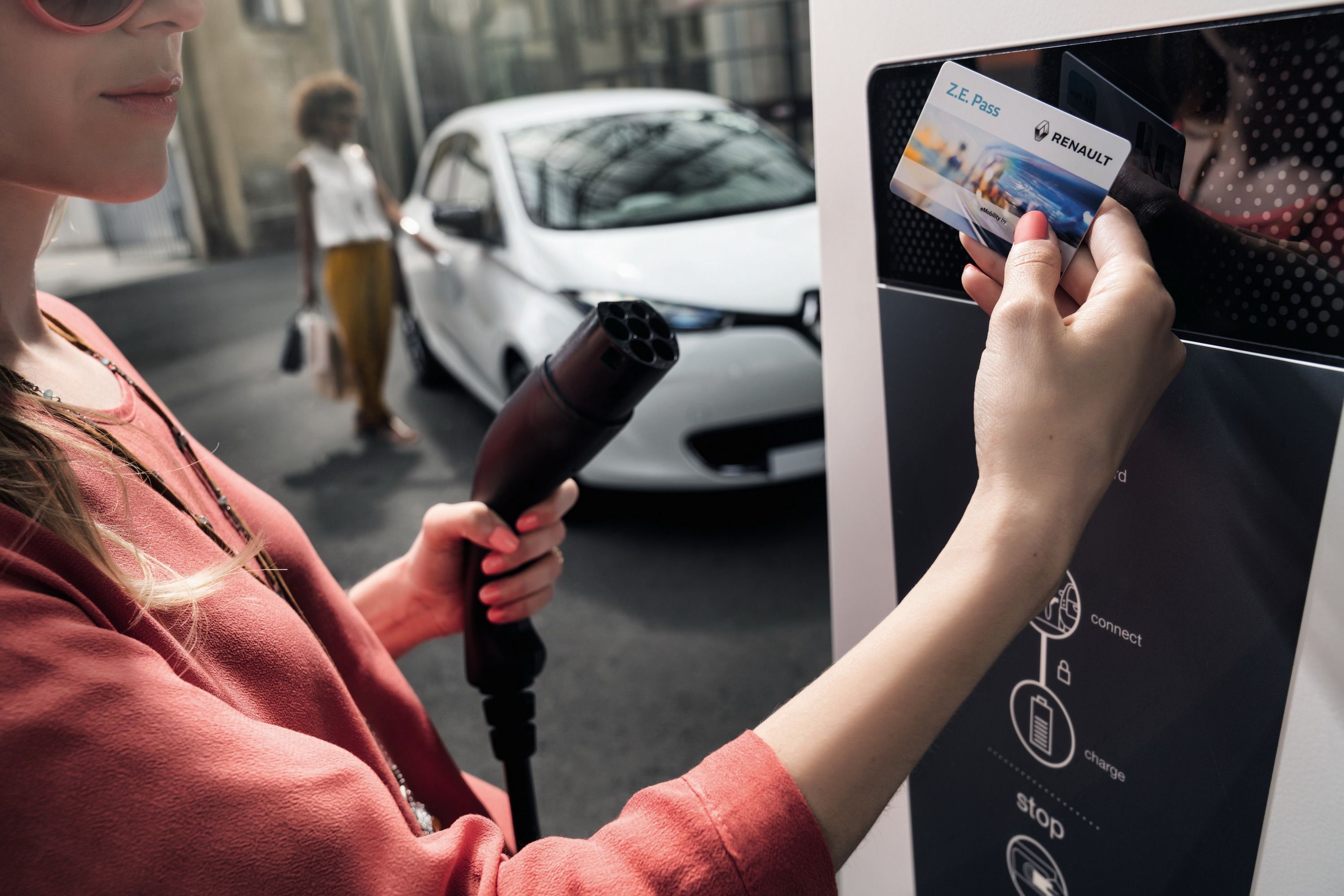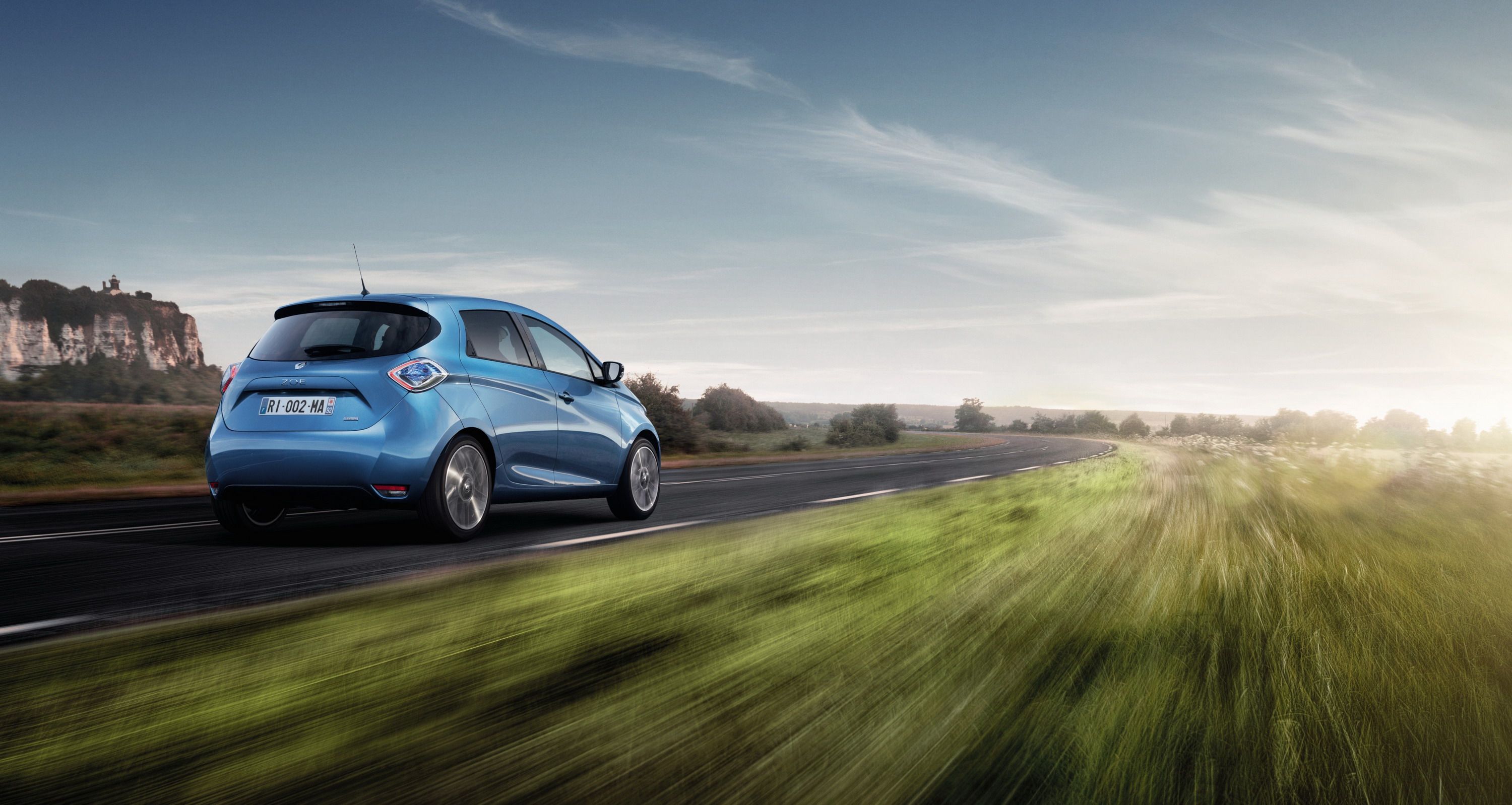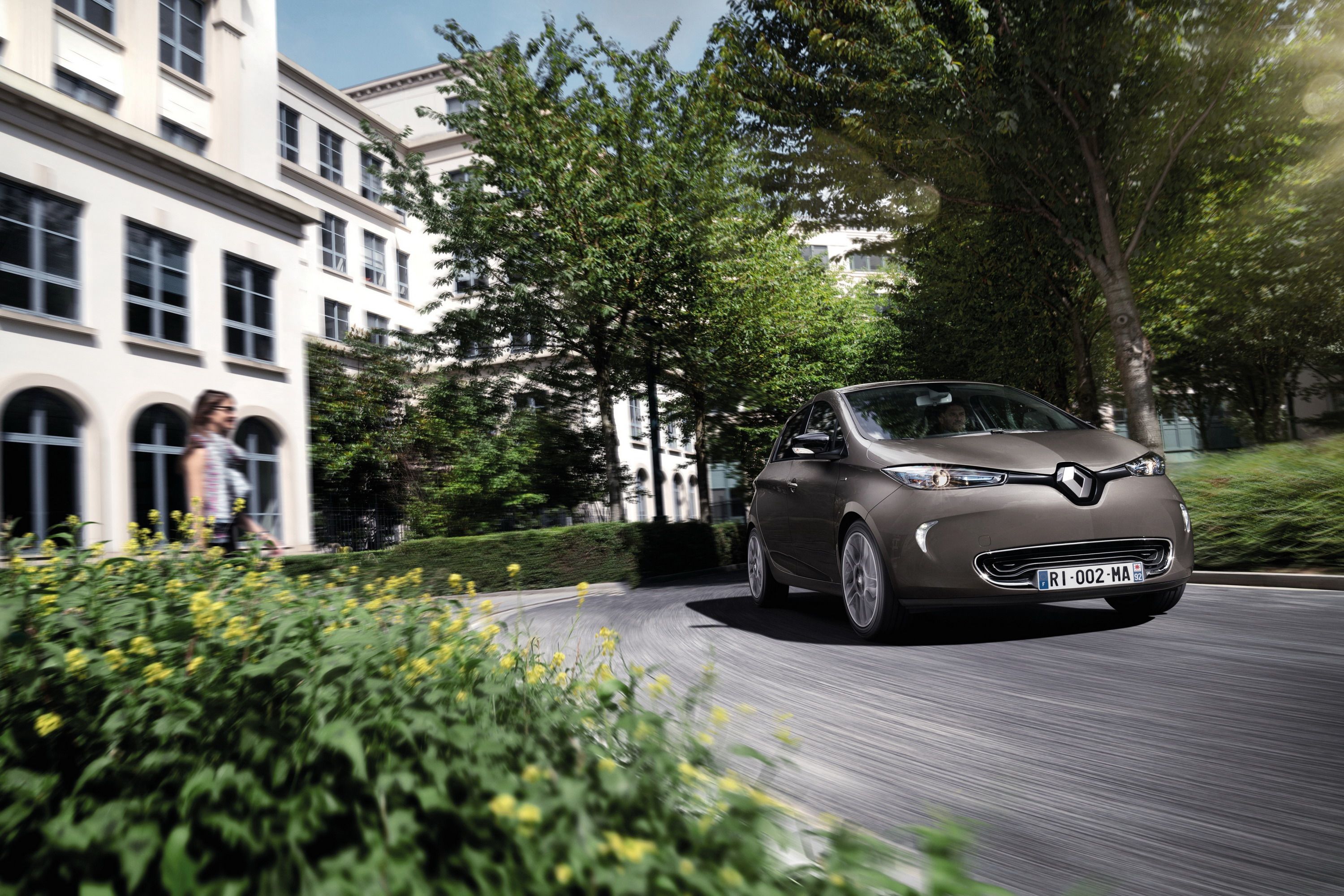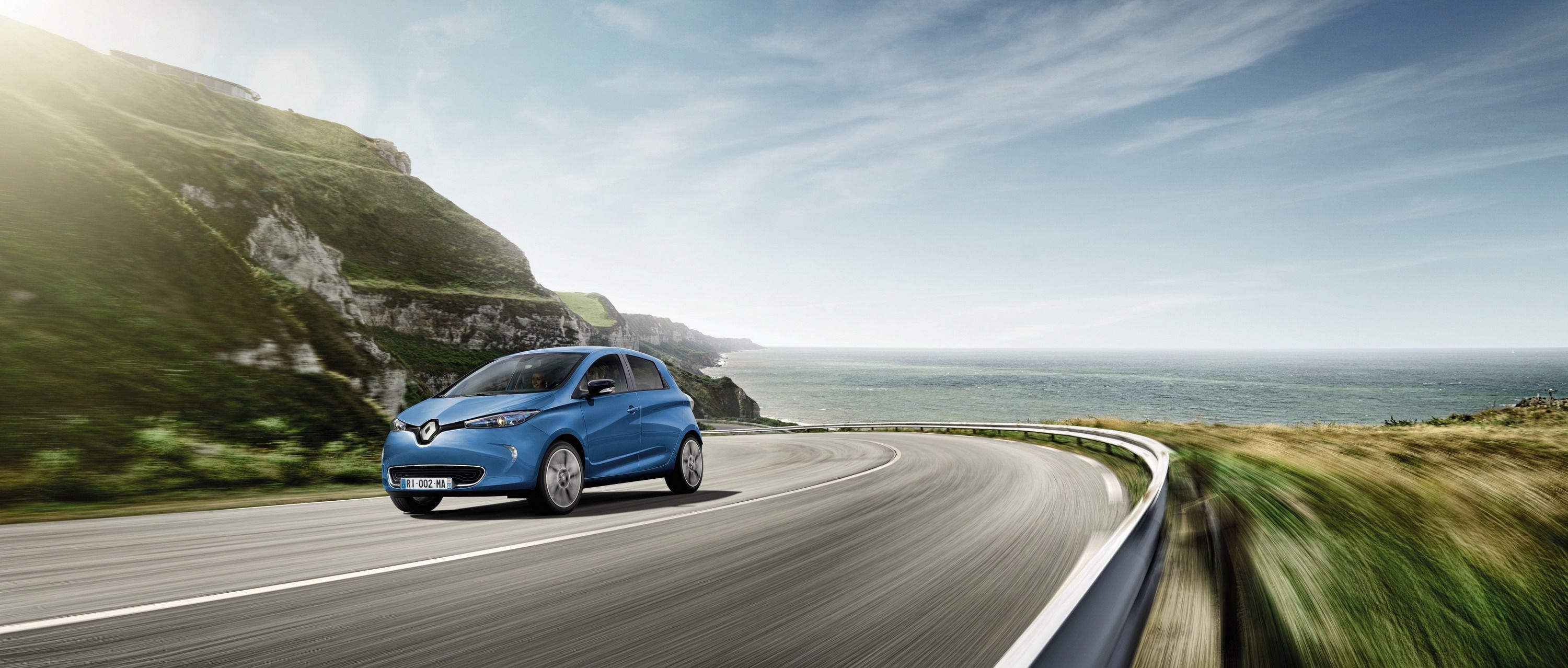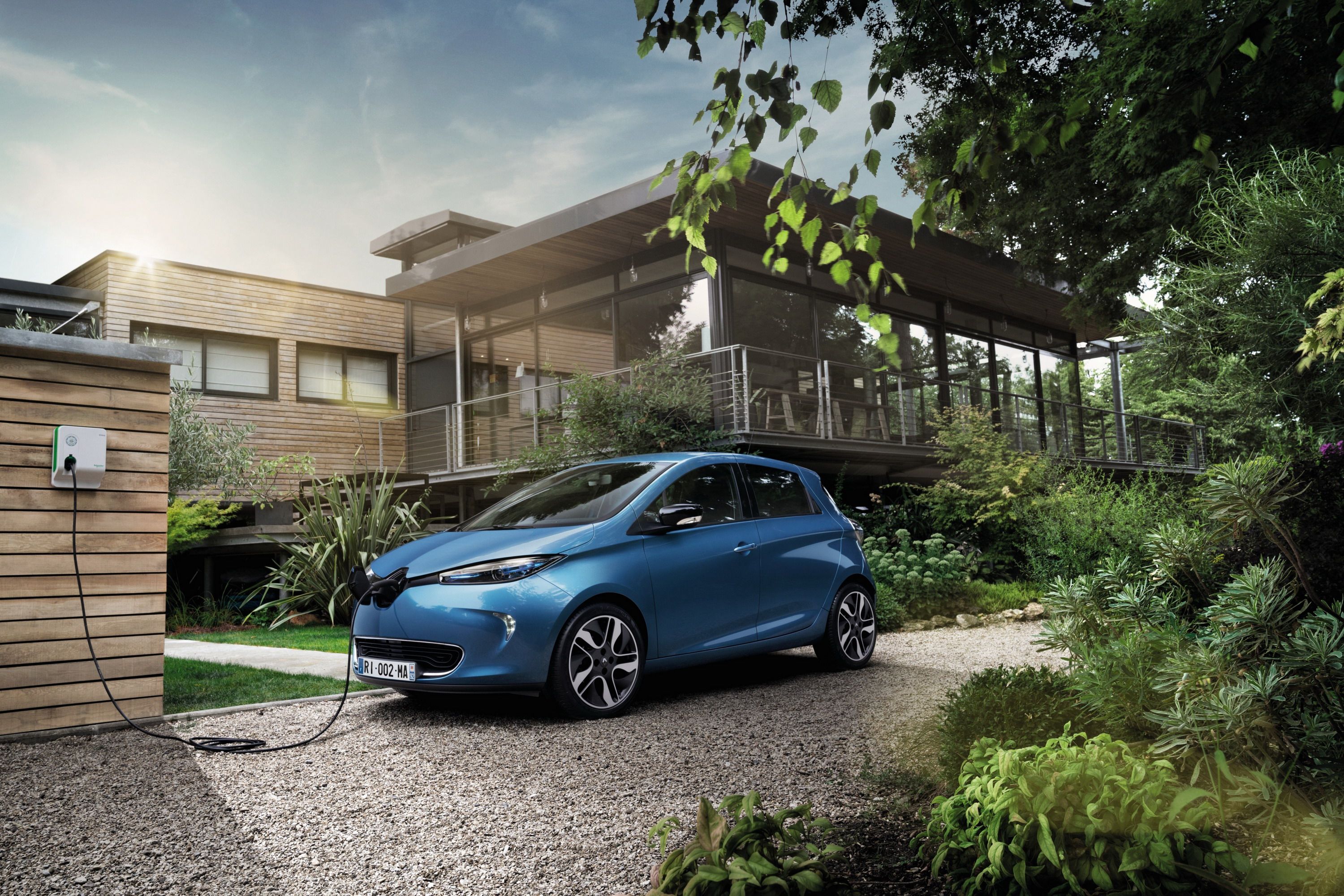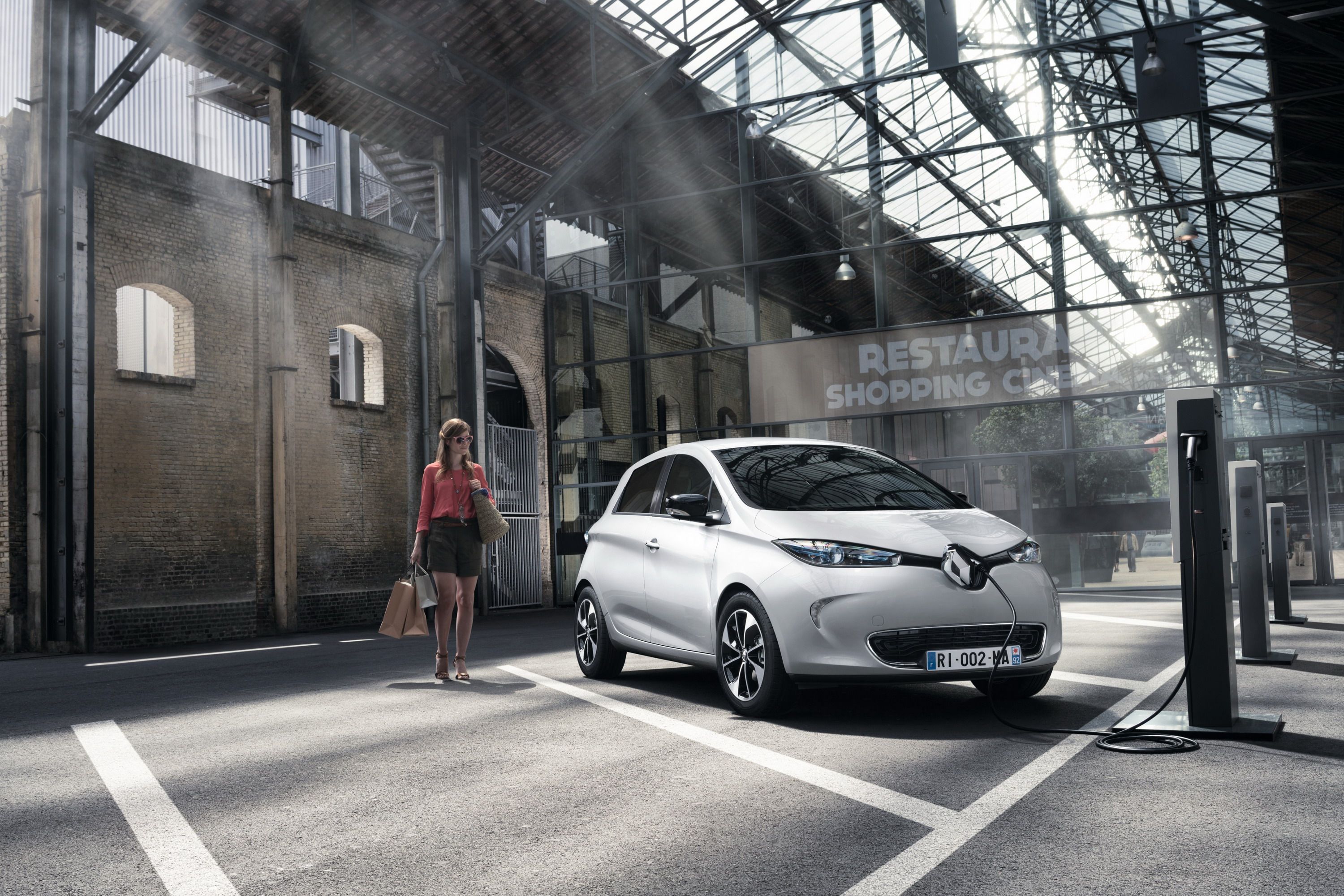The Renault Zoe came to be in 2012, as part of the company's Z.E. electric car initiative that also includes the Twizy city car and the Kangoo Z.E. compact panel van. Originally launched with a 22 kWh battery that returned a 93-mile range, the Zoe received a second battery good for 150 miles in 2015. At the 2016 Paris Motor Show, Renault announced the introduction of a brand-new battery for the Zoe. Boasting 41 kWh of useful energy, the new stack returns an NEDC driving range of 250 miles and a real-world range of up to 186 miles.
Set to go on sale in 2017, the updated Zoe will hit the streets in the same form as the original hatchback. Aside from the new battery and upgraded infotainment apps, the Zoe will carry over unchanged inside and out. However, the new battery makes it the most capable, affordable electric car on the market, at least until the Opel Ampera-e lands in showrooms.
The updated electric arrived just as Renault sold its 100,000th Zoe, an impressive achievement in this market. Although not as popular as the Leaf, which sold more than 230,000 units globally as of 2016 (note that the Leaf is also offered in the U.S.), the Zoe is the best-selling hybrid in France and a notable competitor for the Nissan in Germany, the United Kingdom, and Norway.
Will the more powerful battery make a difference and boost Zoe sales in Europe? Let's have a closer look at the numbers before we draw a conclusion.
Continue reading to learn more about the Renault Zoe.
2017 Renault Zoe
- Make: Array
- Model: 2017 Renault Zoe
- [do not use] Vehicle Model: Array
Exterior
Although it received a new battery, the Renault Zoe remains unchanged on the outside. The traditional hatchback body and the rounded fascias are identical to the model Renault launched in 2013. The slender headlamps that wrap around the front hood, the big rhombus emblem, and the boomerang-shaped LED daytime running lights are still there. Around back, the familiar wrap-around bumper, the rhombus-shaped taillights with clear covers, and the roof spoiler have also been carried over. Onto the sides, we can notice the same alloy wheels with the intricate four-spoke design and the rear doors with handles concealed in the C-pillars. Renault didn't say whether or not the Zoe will get new paints and wheel designs with the upgrade.
Interior
The interior also carried over unchanged, featuring the same clean design and the wide center stack housing the infotainment display and climate-control knobs. Standard features include an 80-watt, four-speaker sound system, R-Link infotainment with TomTom navigation, USB port, Bluetooth connectivity, cruise control, and a tilt-and-telescoping steering wheel. The more expensive trims get a leather-wrapped steering wheel, a 140-watt stereo, and different upholstery colors.
The Zoe also comes with a new Z.E. smartphone app, through which the user can forward his route to the car's navigation system. Once in the car, the driver can access the pre- programmed itinerary automatically. After parking, the app takes over and indicates the final part of the journey on foot. Drivers can also use the app to help find where they parked their vehicles.
What's more, owners can remotely check information, such as the car’s charge level, the estimated remaining range, and the time remaining until the vehicle is fully charged. The app also sends messages when charging begins and is completed. The cabin’s pre-conditioning system can also be controlled via the smartphone app.
Drivetrain
The revised drivetrain takes its juice from a brand-new battery with increased storage capacity. Called the Z.E. 40, the new battery boasts 41 kWh of useful energy, a significant increase compared to the car's standard 22-kWh stack. A more efficient battery also means more miles traveled per charge. According to Renault, the Zoe now delivers a record NEDC driving range of 250 miles, which is twice the distance delivered by the hatchback at the time of its original launch in 2012.
But as spectacular as it may sound, this range won't be achieved in real-world driving anytime soon. The company estimates that the range will peak at 186 miles in urban or suburban areas. Despite the drop, the Zoe still has a tremendous range, being the longest of any mainstream and affordable all-electric car available on the market. To put it into perspective, the range-topping Nissan Leaf can travel up to 155 miles on a single charge, meaning that the Zoe offers an extra 31 miles.
However, the Zoe will no longer offer the longest range for affordable EVs once the Opel Ampera-e hits the market. The European version of the Chevrolet Bolt will have a range of around 238 miles in real-world conditions, 50 miles more than the Zoe.
The new Z.E. 40 battery is also a significant update over its predecessor. Developed in partnership with LG Chem, it uses high-energy density lithium-ion technology and it was optimized by working on the chemistry of the cells in order to increase energy density, rather than stacking additional battery modules. As a result, Renault has succeeded in increasing storage capacity without making the battery any bigger or a lot heavier.
Despite being more powerful, the time required to charge the Z.E. 40 battery is similar to that of the standard battery. For instance, charging the battery for an extra 50 miles of driving range using one of the many public charging points in operation in Europe takes only 30 minutes on average.
In order to simply charging at public stations across Europe, Renault also introduced two new services. There's Z.E. Trip, which helps customers locate charging points, and Z.E. Pass, which gives them access to a high number of charging stations.
Prices
There's no pricing information for the Zoe with the larger battery, but it's safe to assume it will cost more. With the current base model retailing from €22,100 (about $24,750) in France, the upgraded Zoe could fetch around €23,500 (around $26,310) before options. It's not yet known whether the old battery will be offered alongside the new one.
Competition
Nissan Leaf
Launched in 2010, the Nissan Leaf is one of the oldest affordable EVs on the market and a popular nameplate in both Europe and North America. Although it has carried over mostly unchanged since its introduction styling-wise, the Leaf received several technology and drivetrain updates over the years. Initially rated at 109 miles on the NEDC cycle, the Leaf now comes with a range of up to 155 miles on a single charge thanks to its new, 30 kWh battery. Pricing for the Leaf starts from €19,700 (around $22,030), which makes it significantly more affordable than the Zoe.
Find out more about the Nissan Leaf here.
Opel Ampera-e
Unveiled at the 2016 Paris Motor Show as a rebadged version of the Chevrolet Bolt, the Opel Ampera-e is the brand's first commercial EV and the car that will offer the best range for affordable electric cars when it hits the market. Opel says the hatchback returned more than 310 miles in testing and that it will be able to travel for at least 238 miles in a real-world environment. The Ampera-e is also a good performer, needing only 3.2 seconds to hit 31 mph on its way to a top speed of 93 mph. Pricing information is not yet available, but based on the fact that the Chevy Bolt costs $37,500 before incentives, the Ampera-e will cost significantly more than the Renault Zoe and Nissan Leaf.
Learn more about the Opel Ampera-e here.
Conclusion
Granted, the Zoe model that Renault unveiled at the 2016 Paris Motor Show is far from being new. It's actually identical to the vehicle that hit the market three years ago but, while it lacks new features inside and out, it comes with an important drivetrain update. And this is what makes it significantly different than its predecessor. The Z.E. 40 isn't the company's first battery update for the Zoe. In 2015, a new stack increased the range from 93 miles to 150 miles. However, the latter did not allow quick charging. The new battery solves this problem and also enhances range even further, enabling the Zoe to travel twice as much compared to the original car. Couple that with the fact that the hatchback still looks fresh design-wise, and you get quite the attractive package for just a few grand more than the Nissan Leaf.

